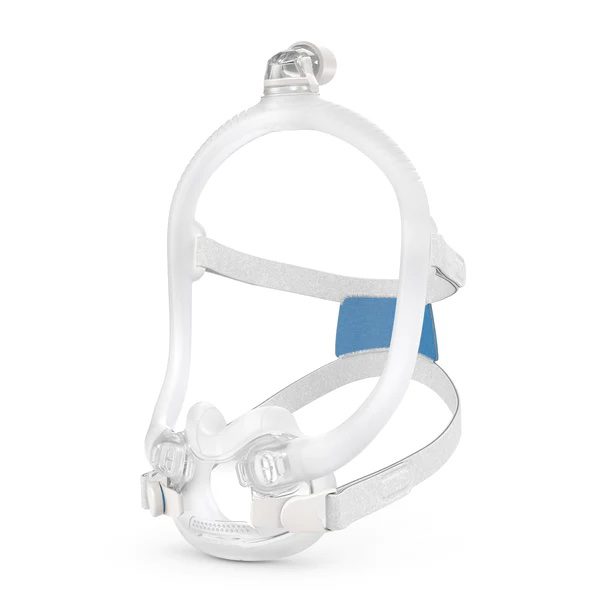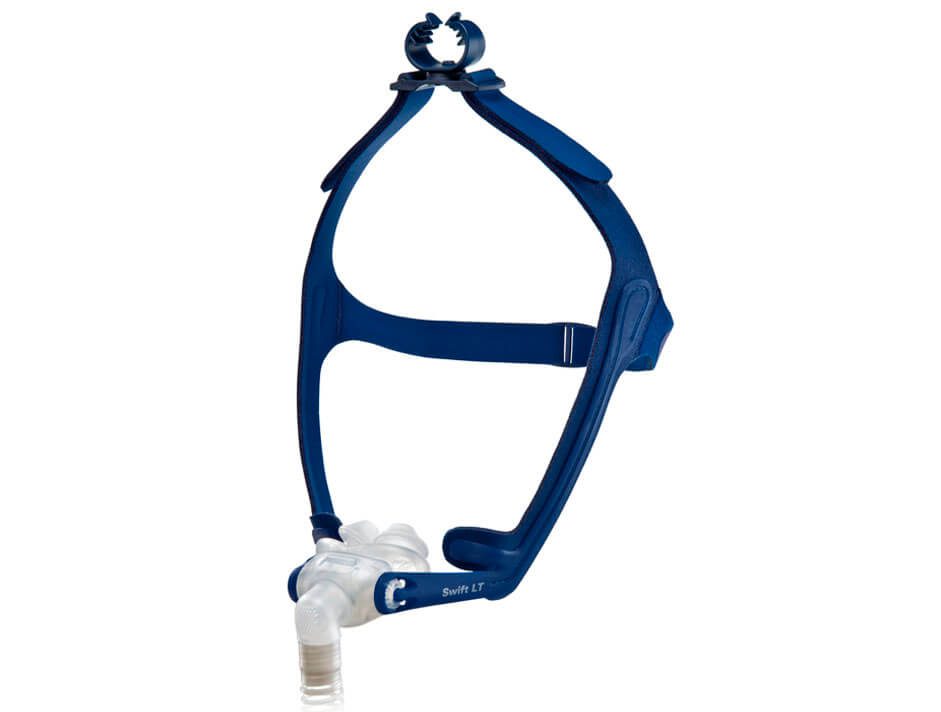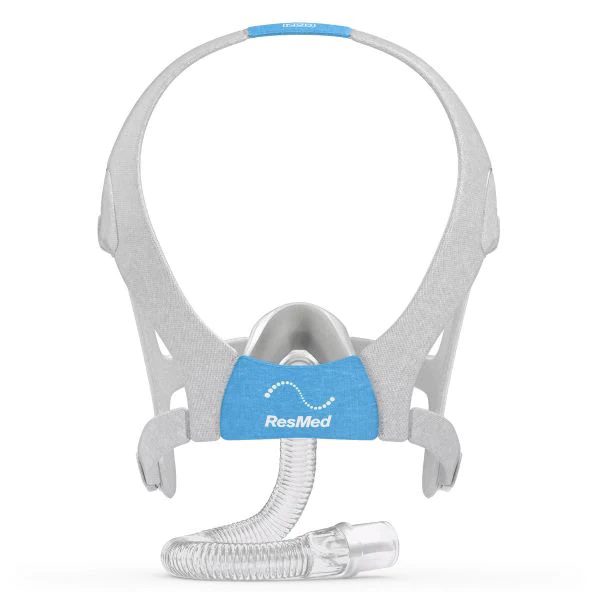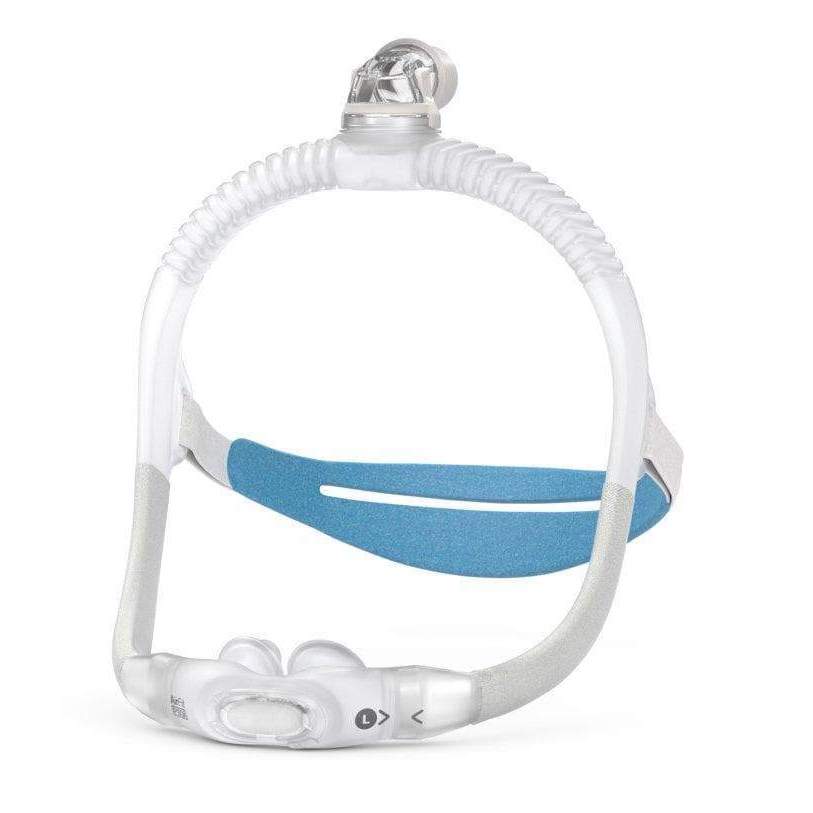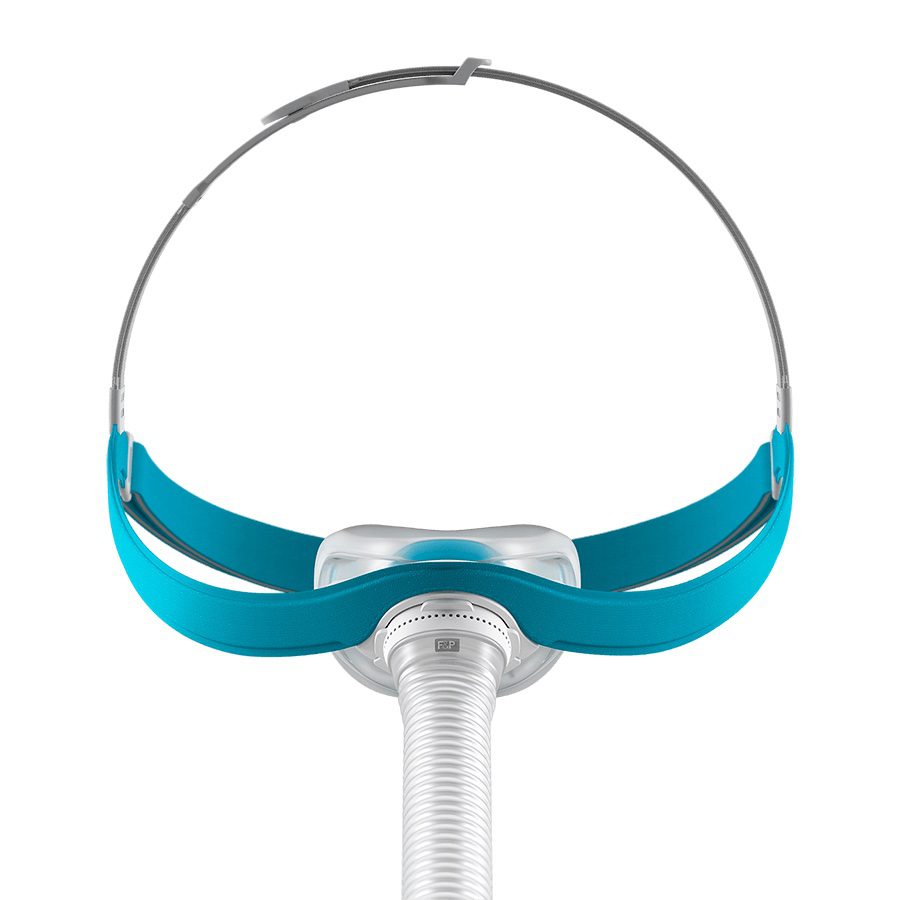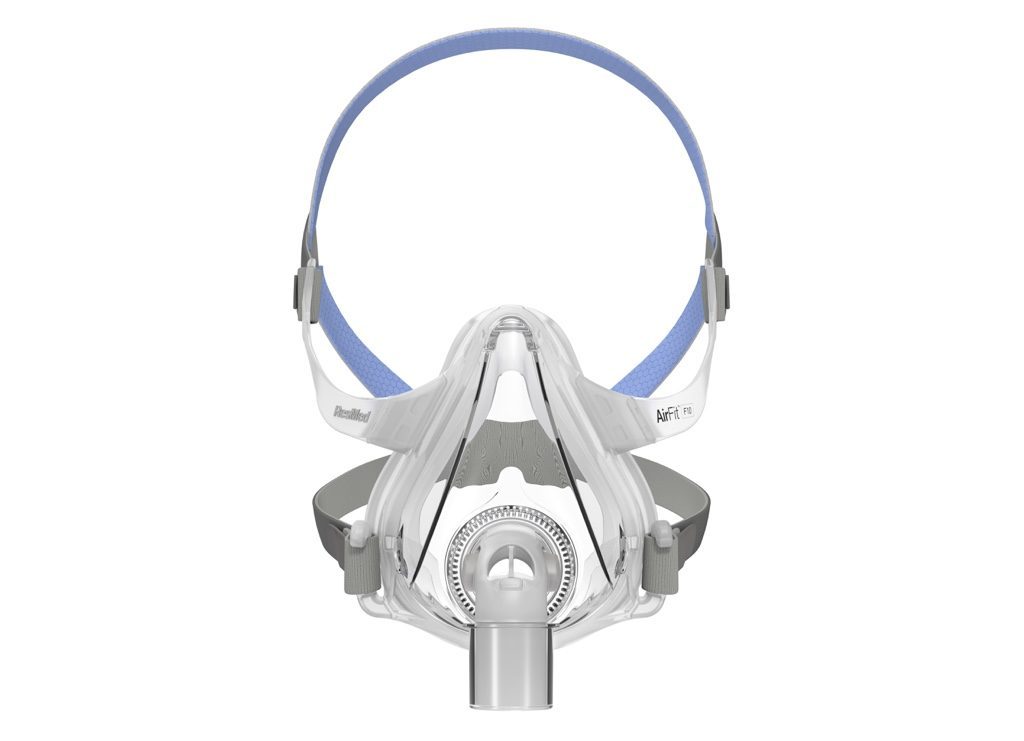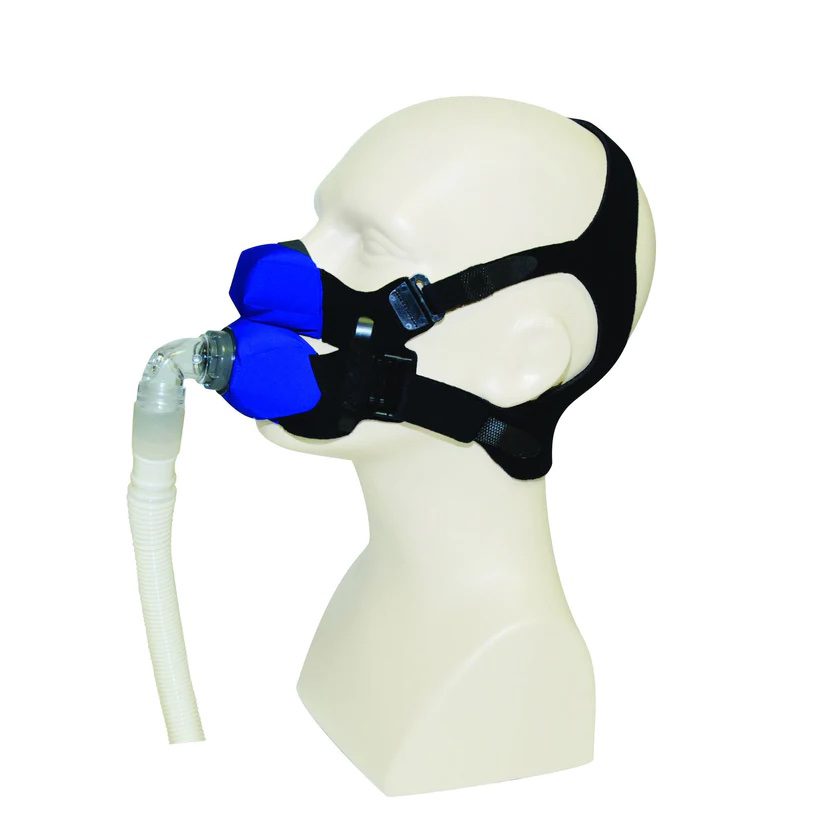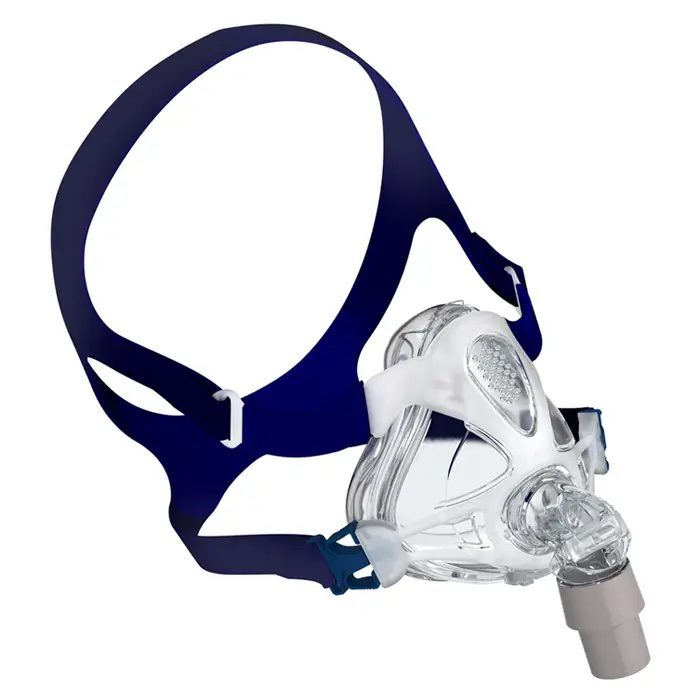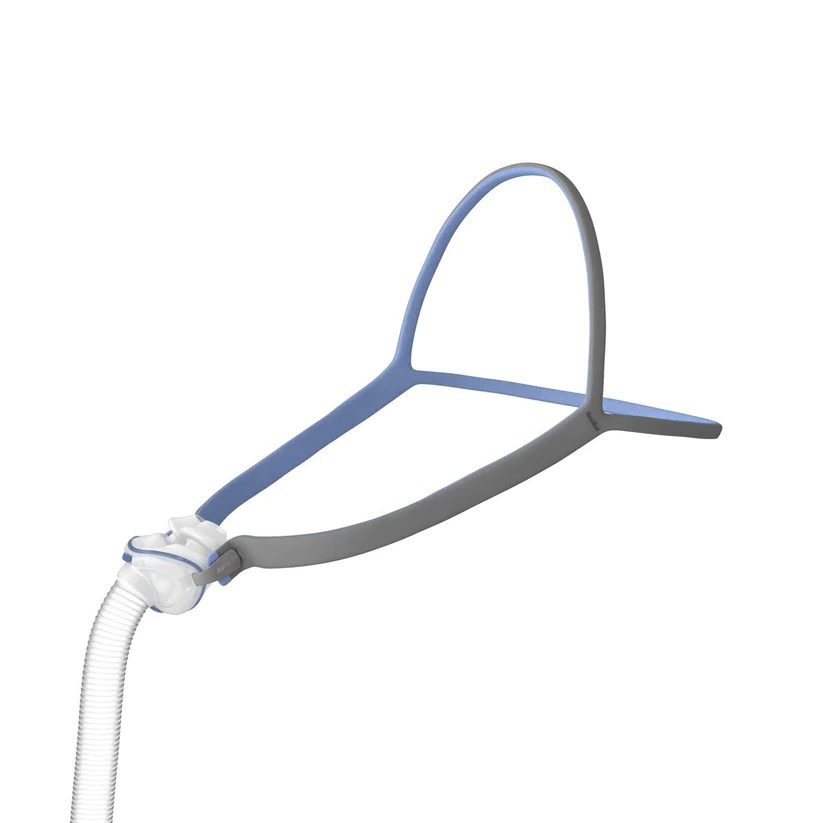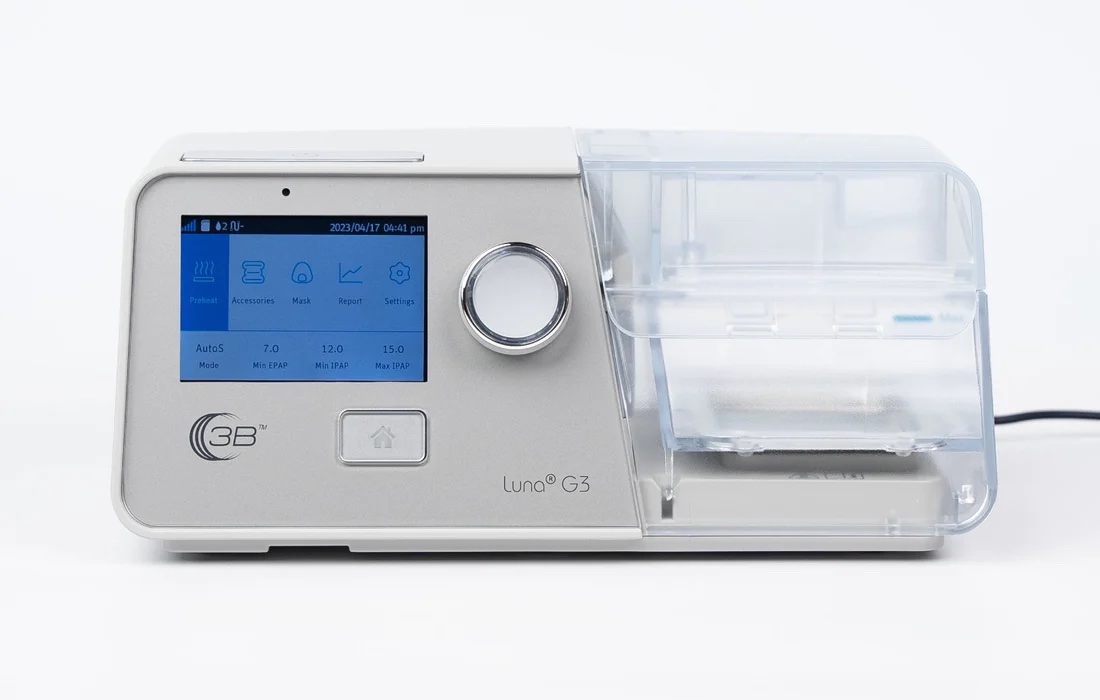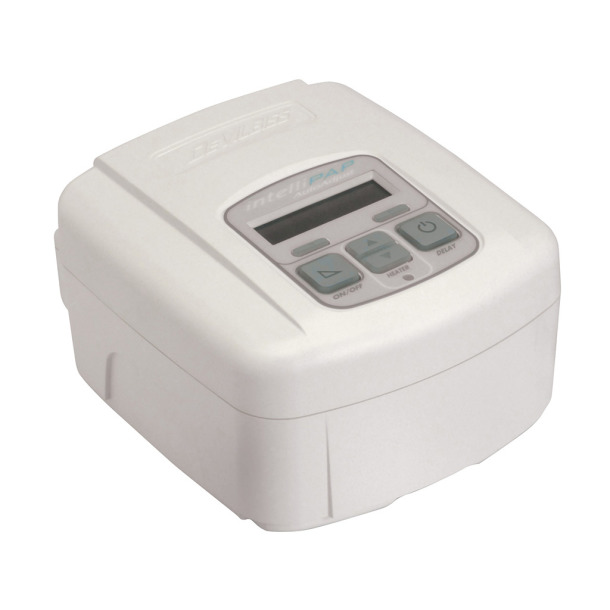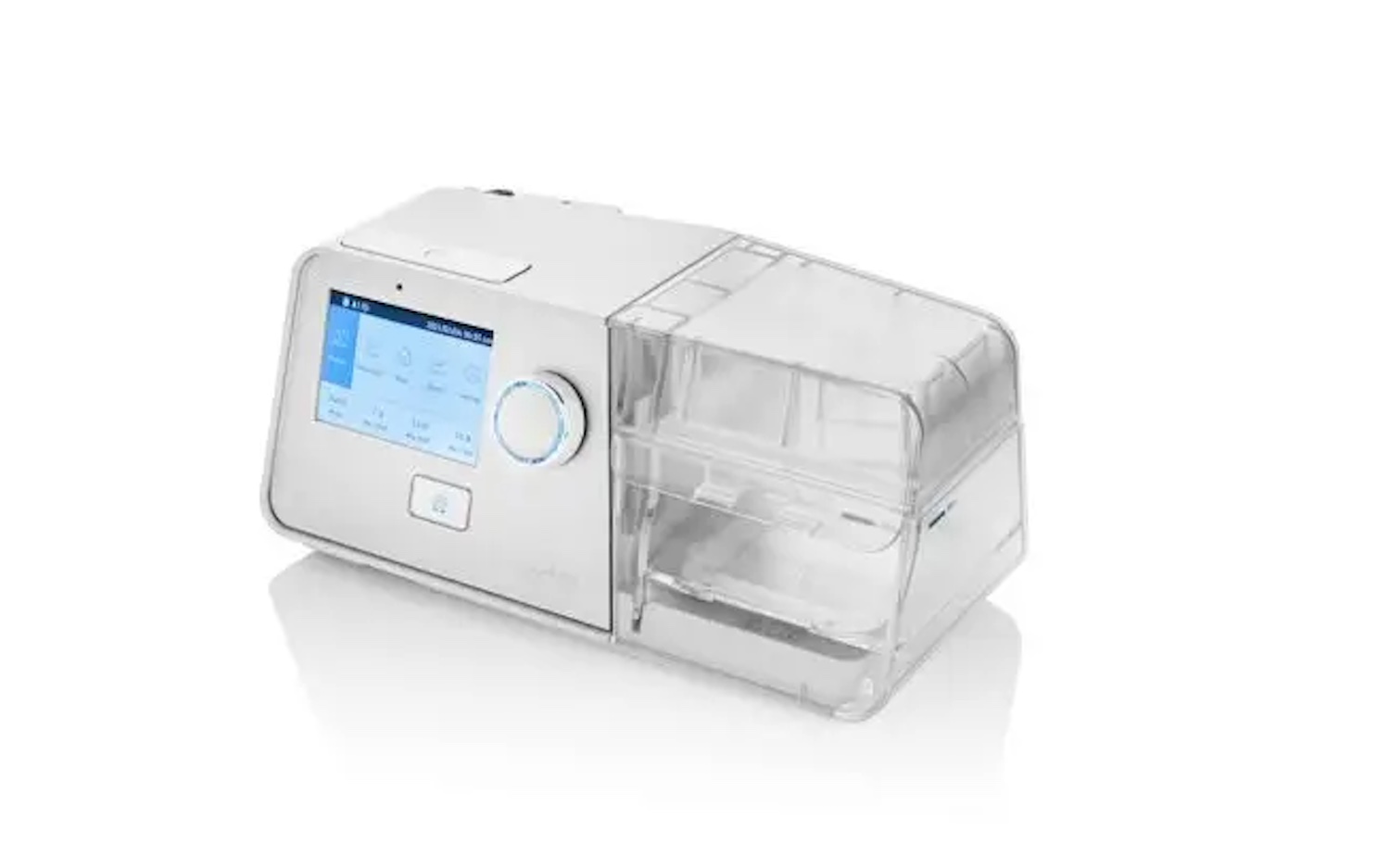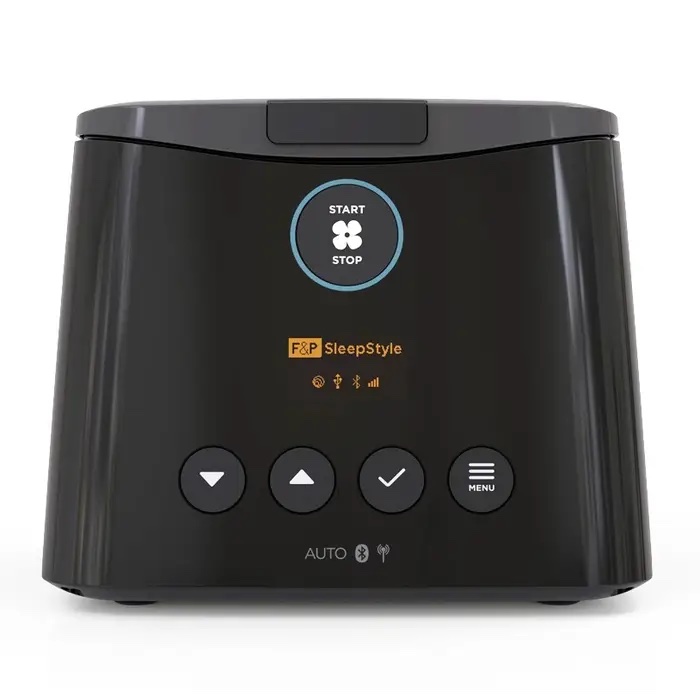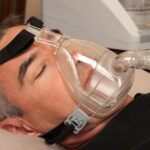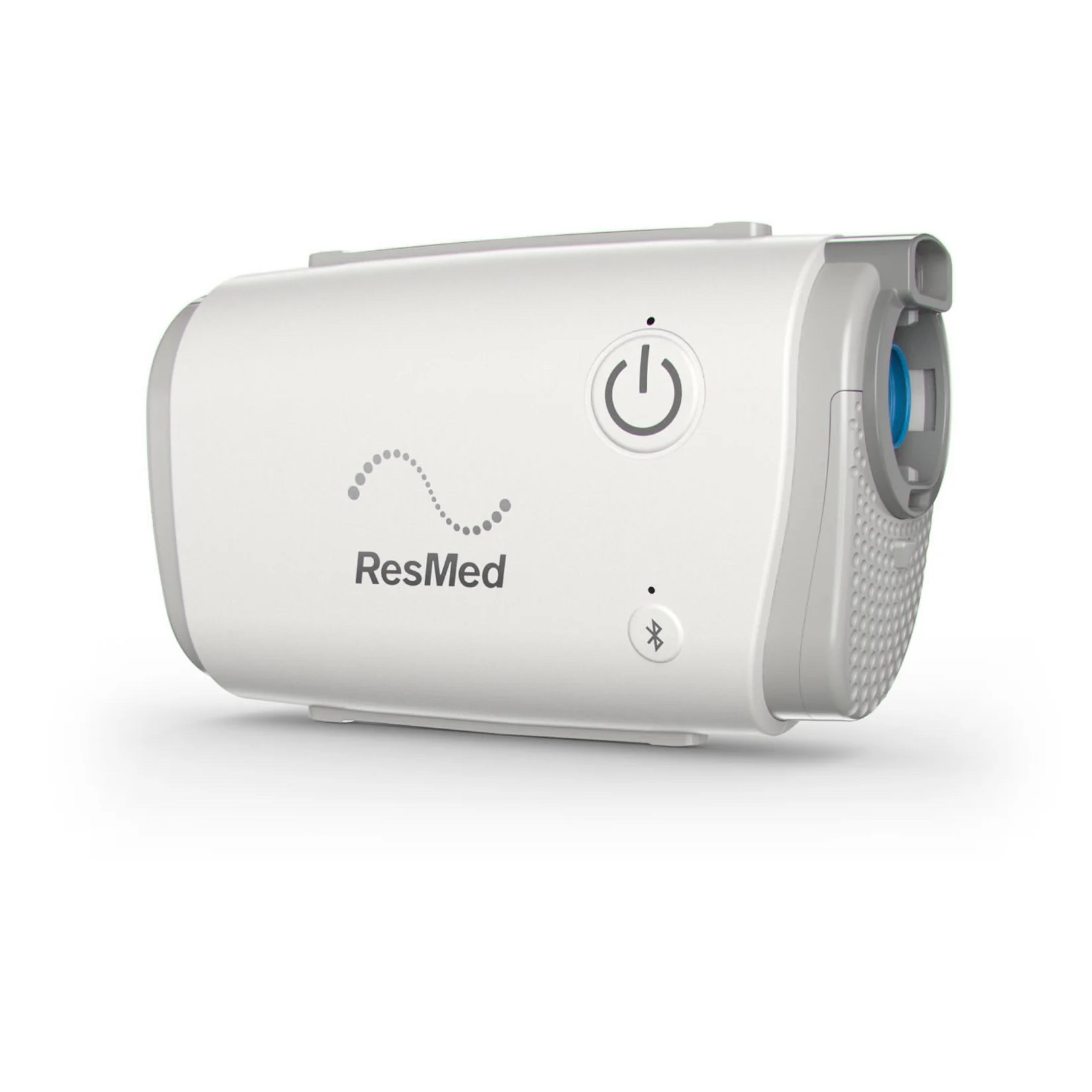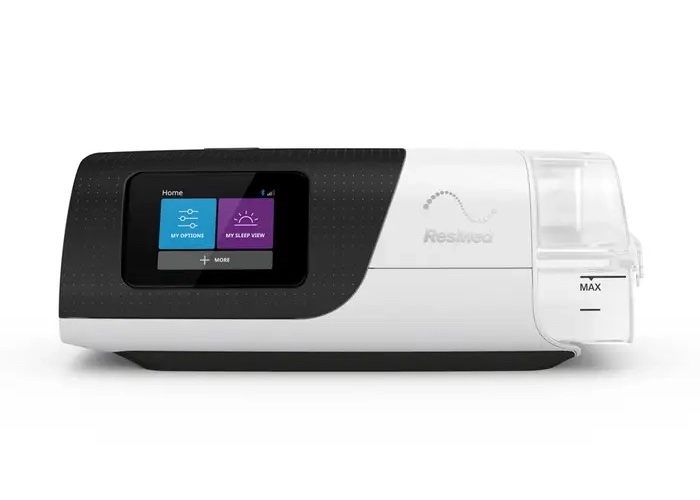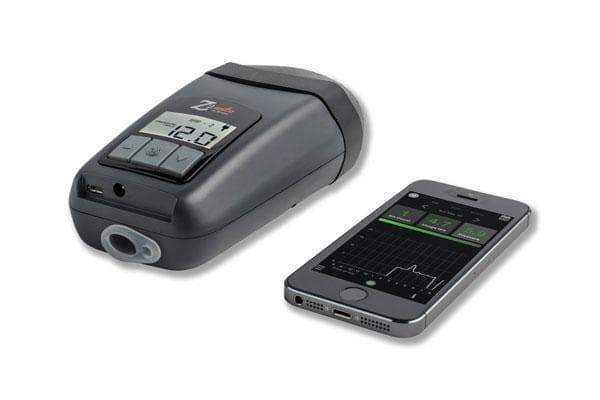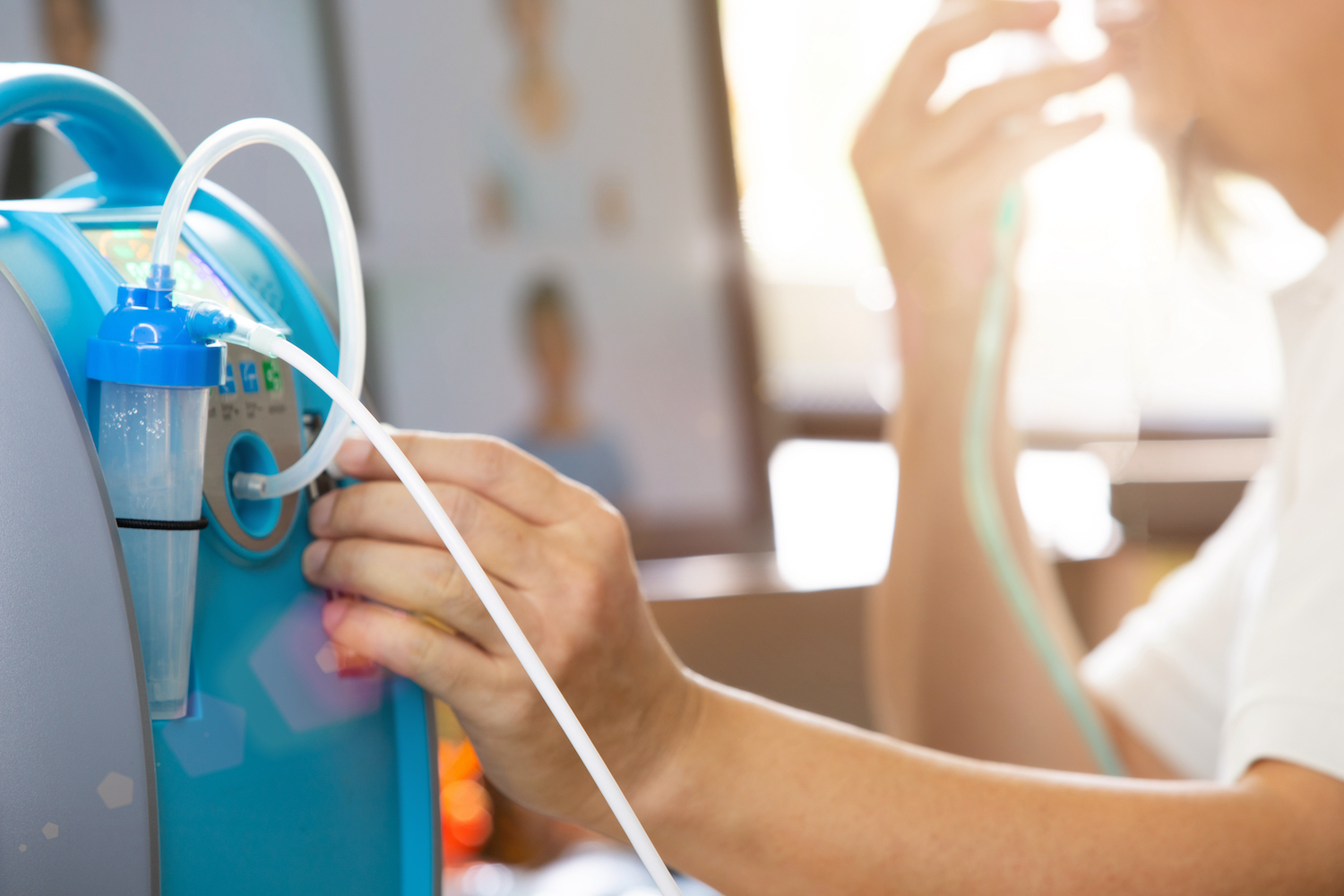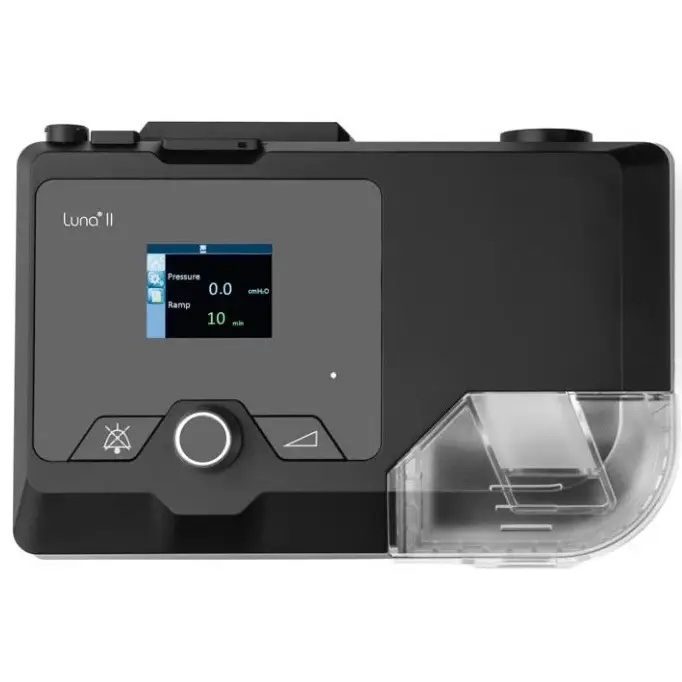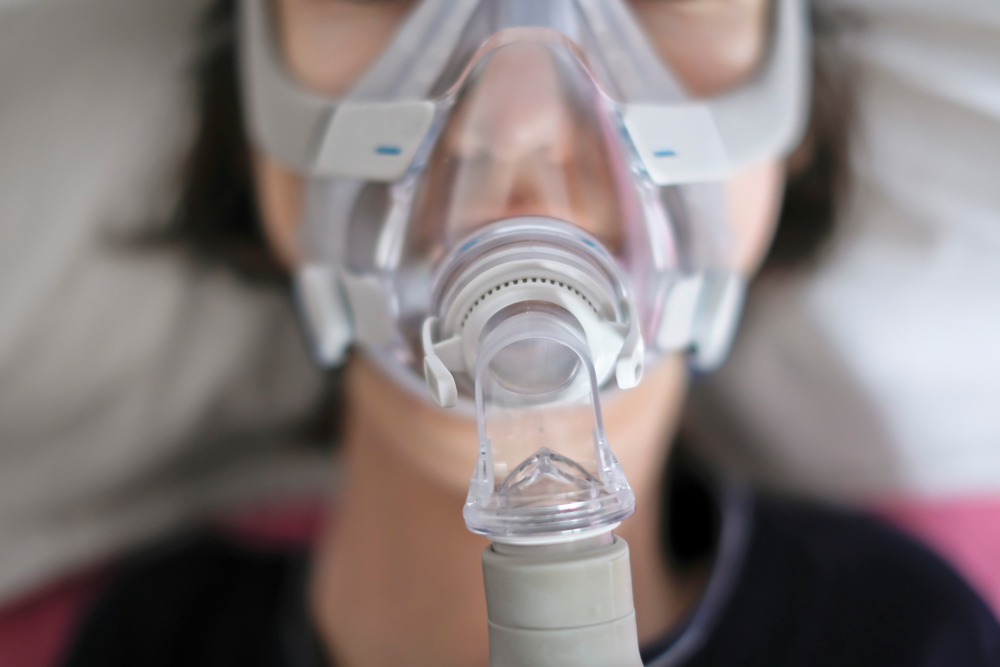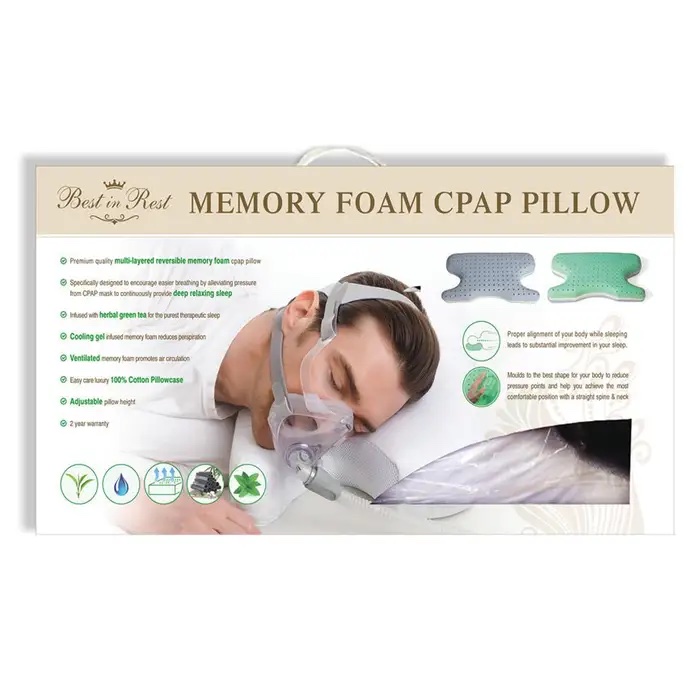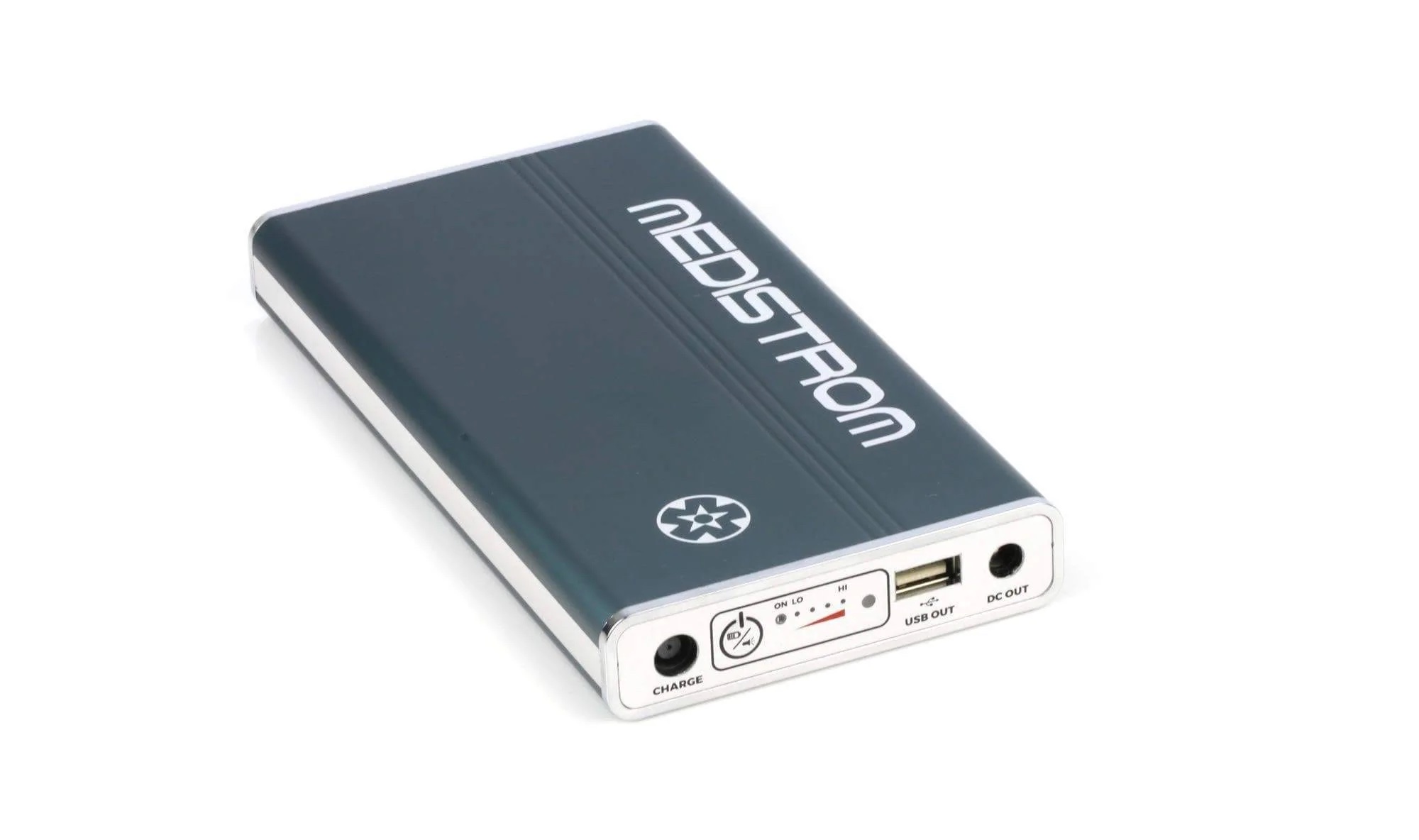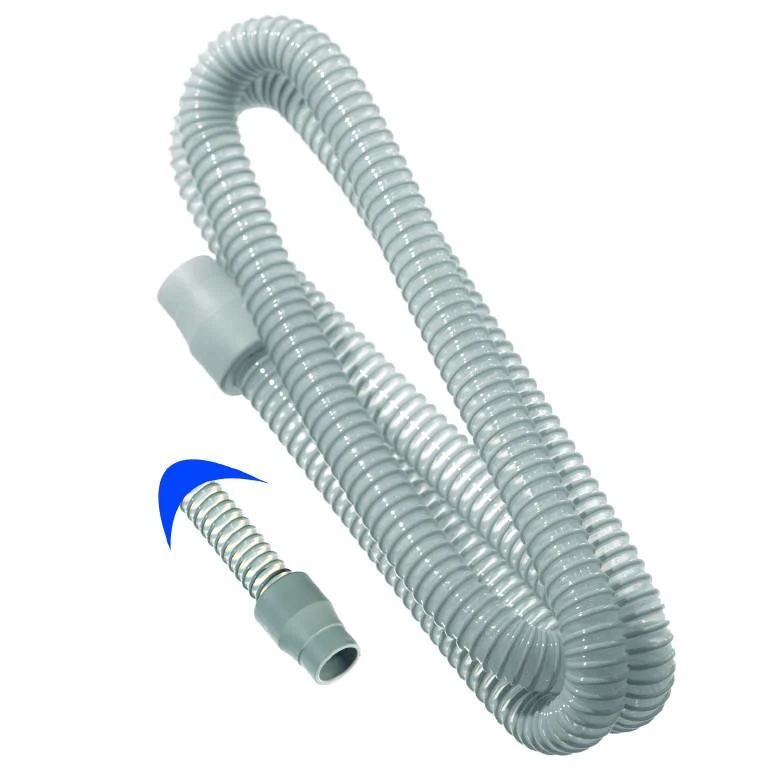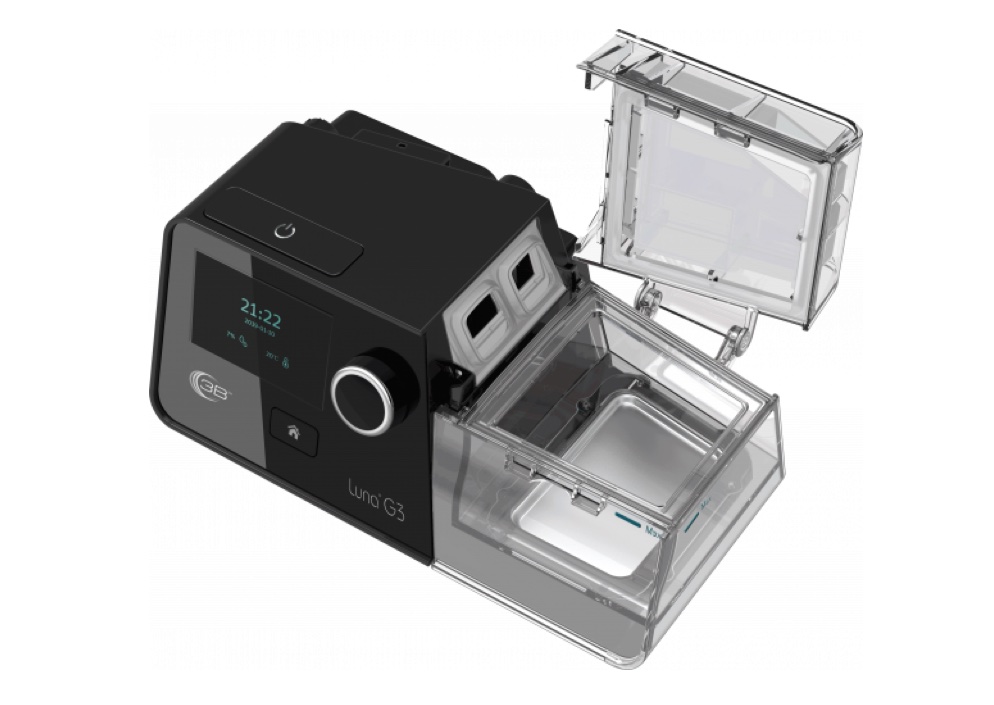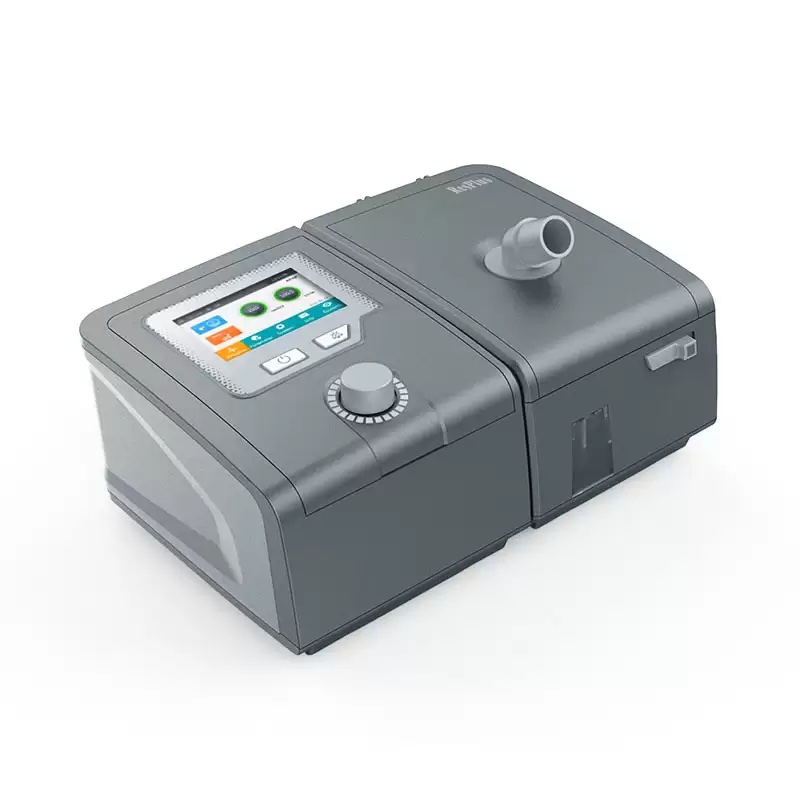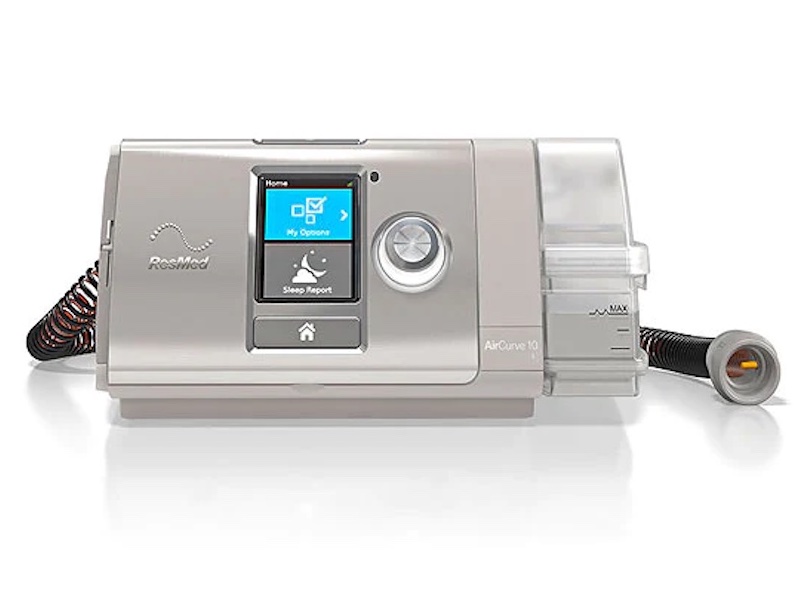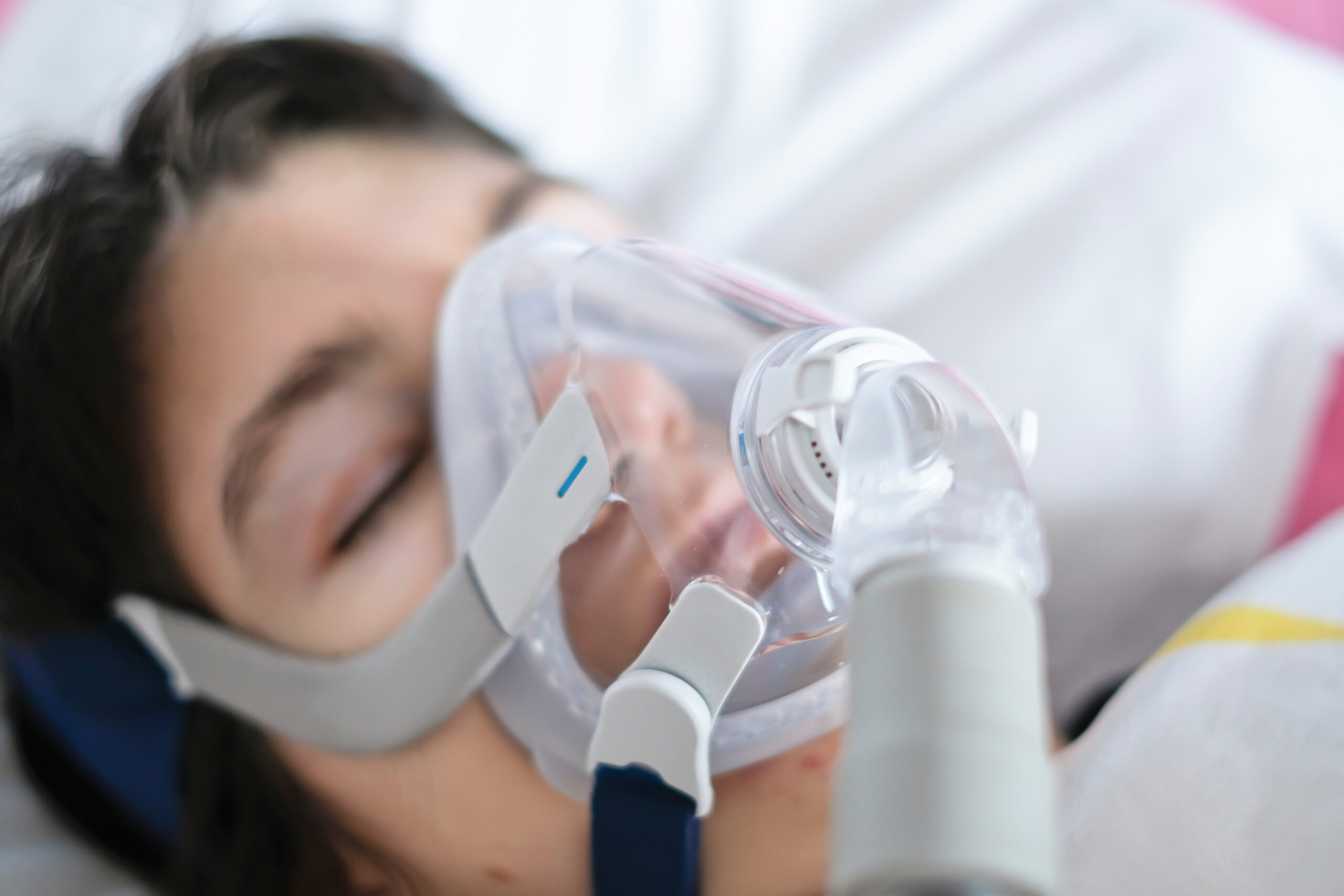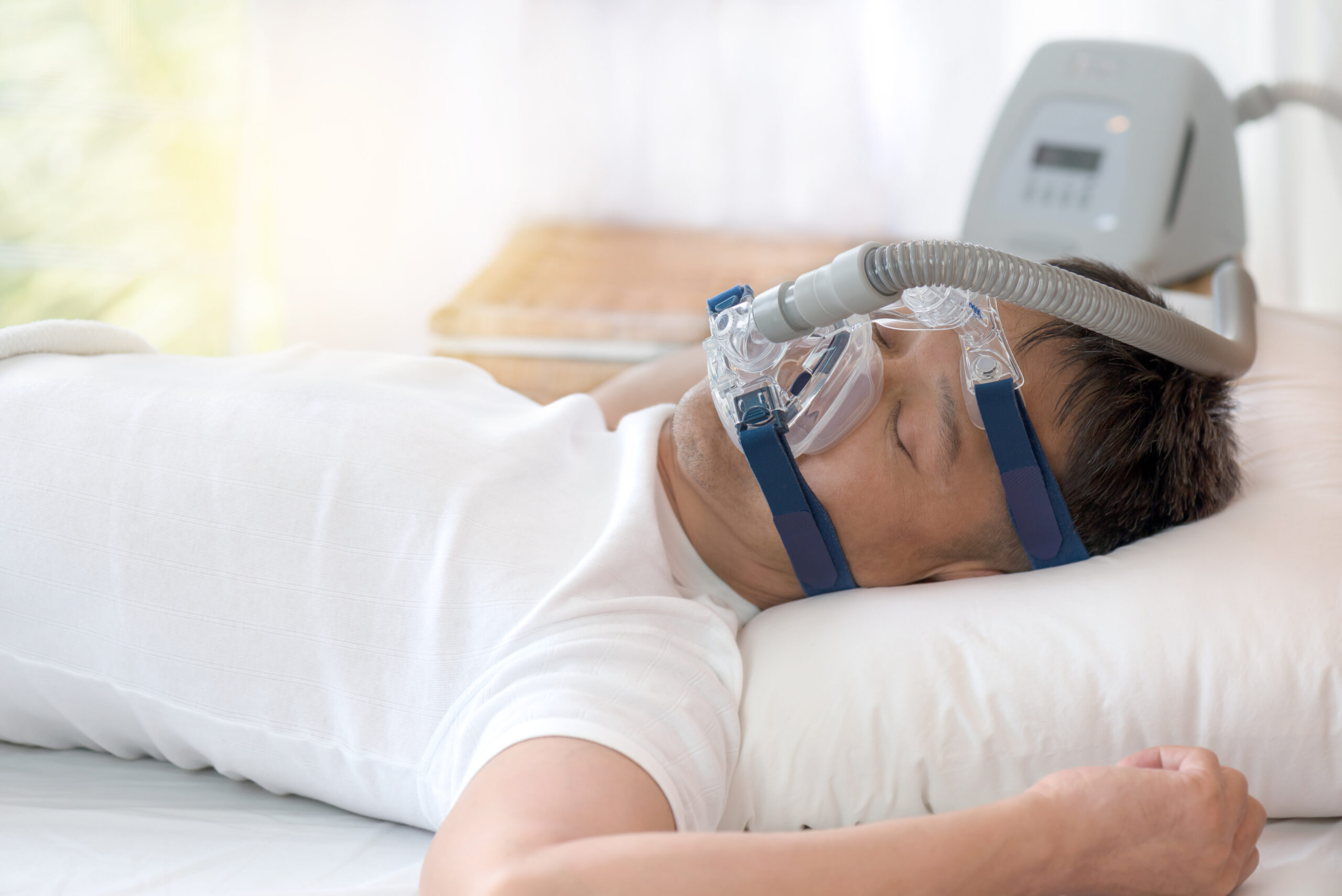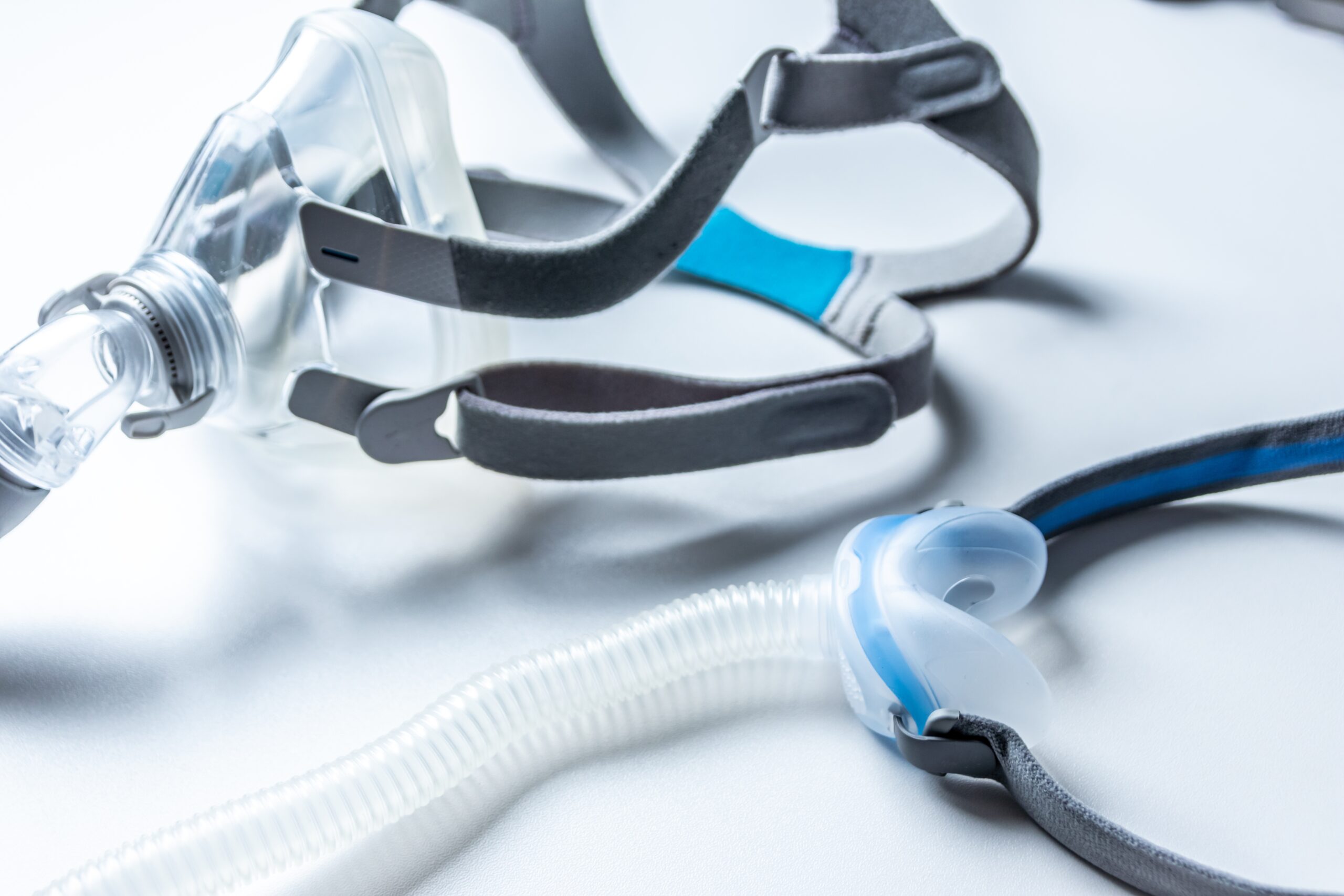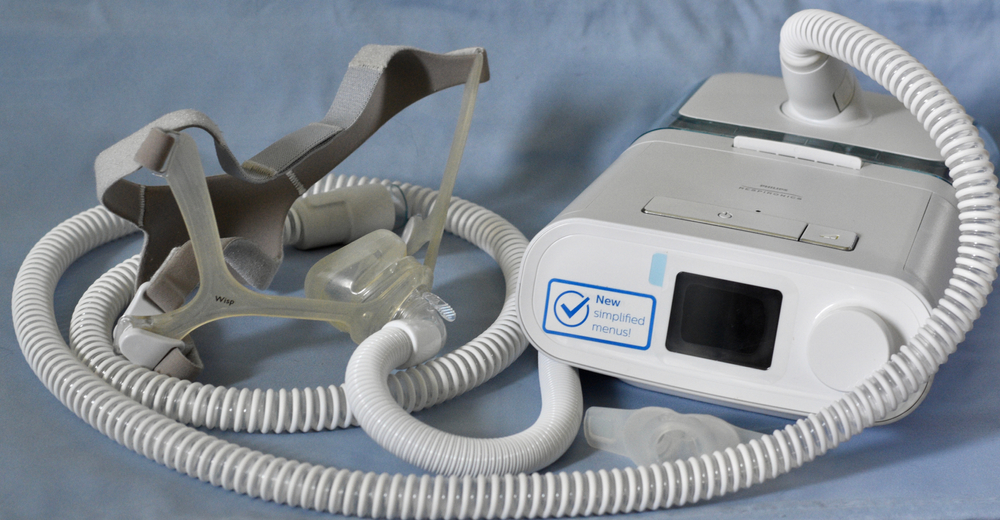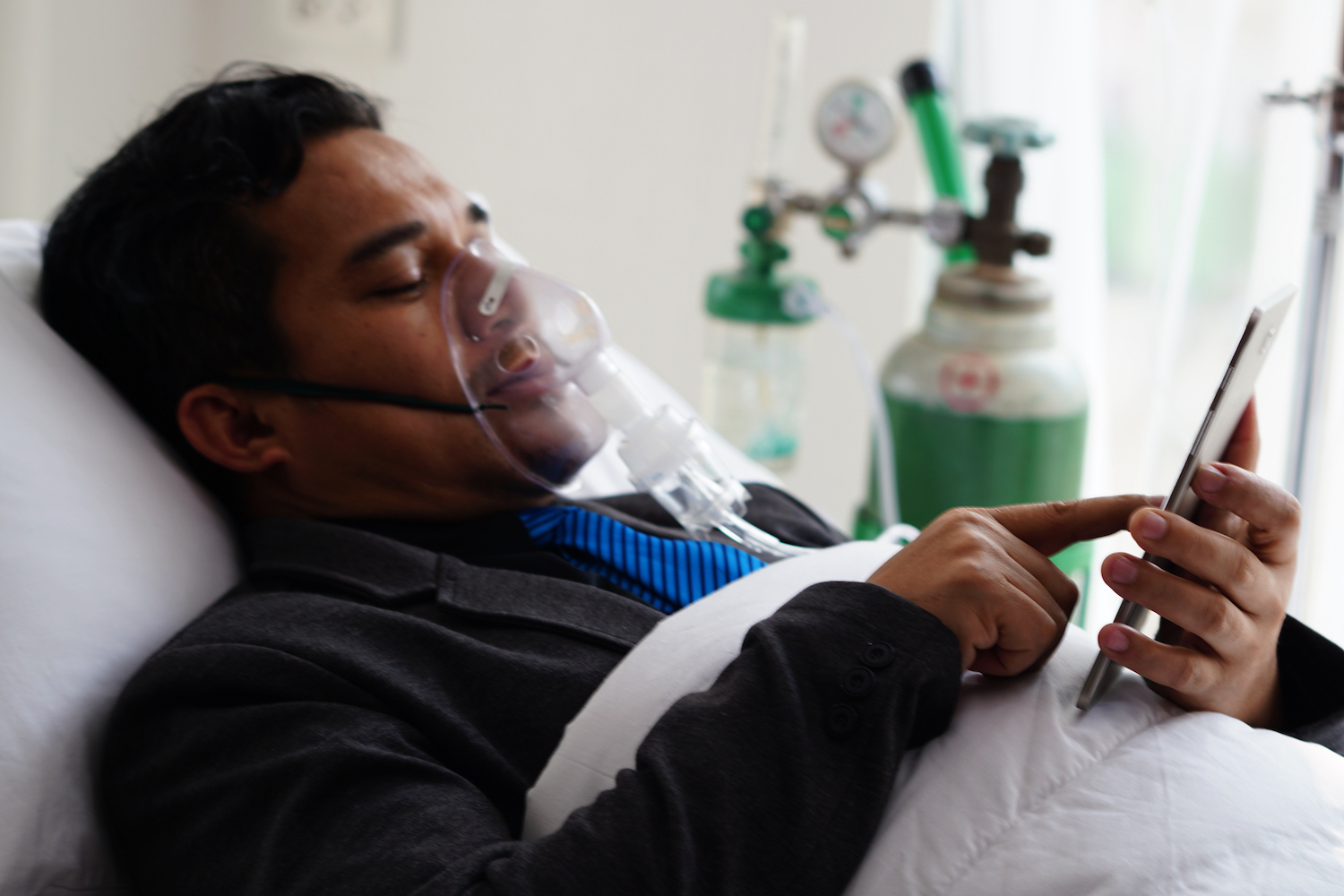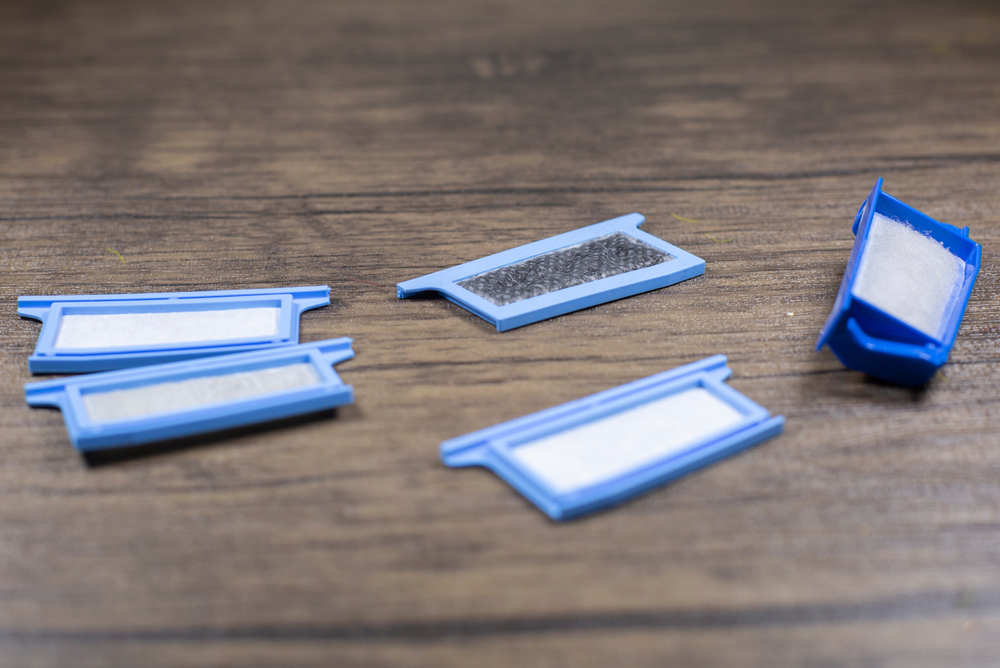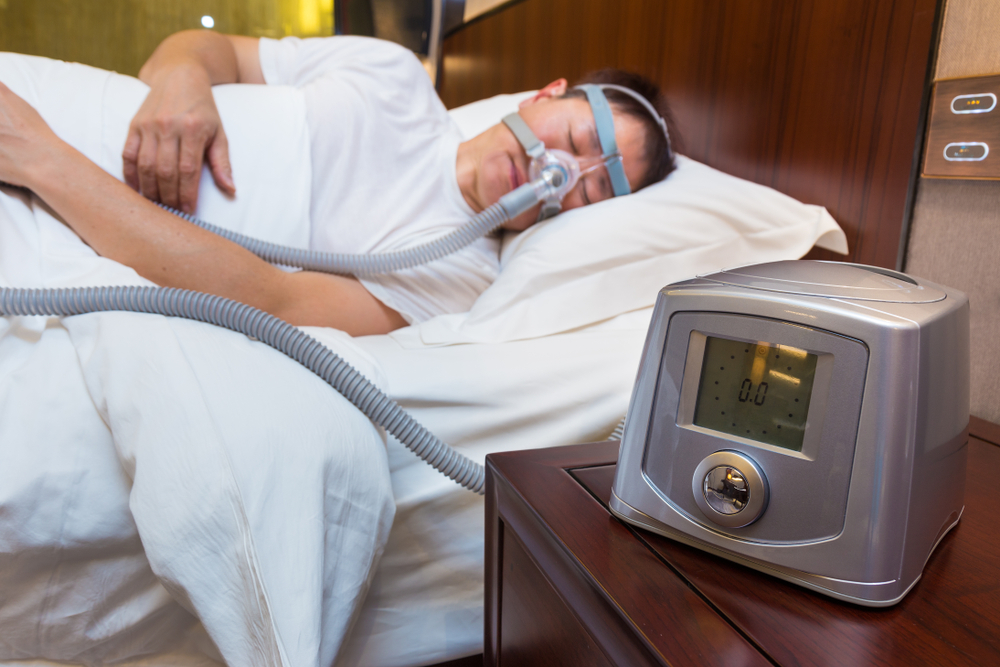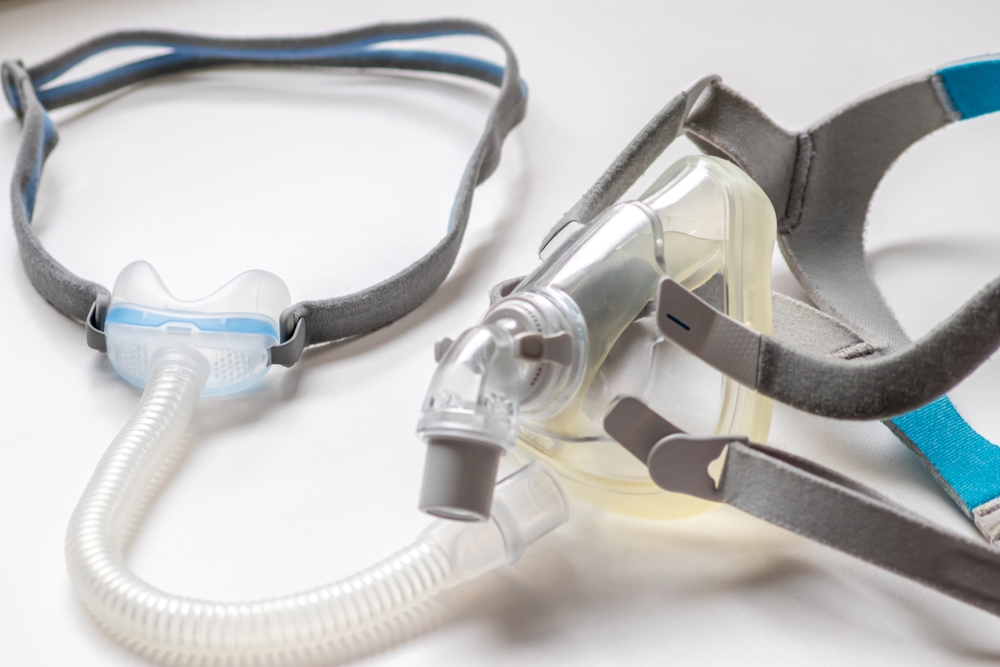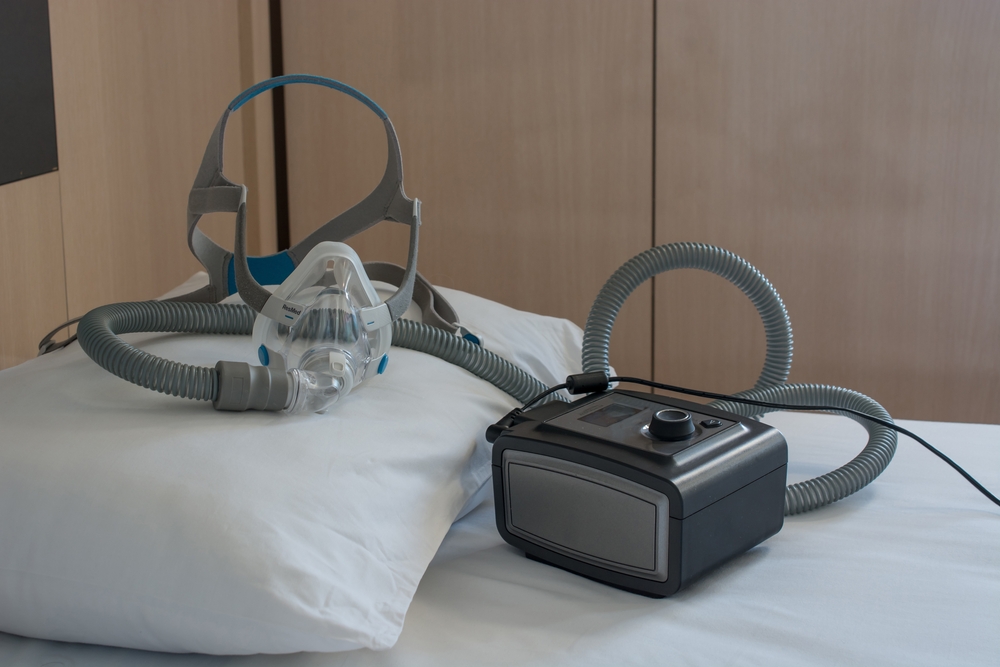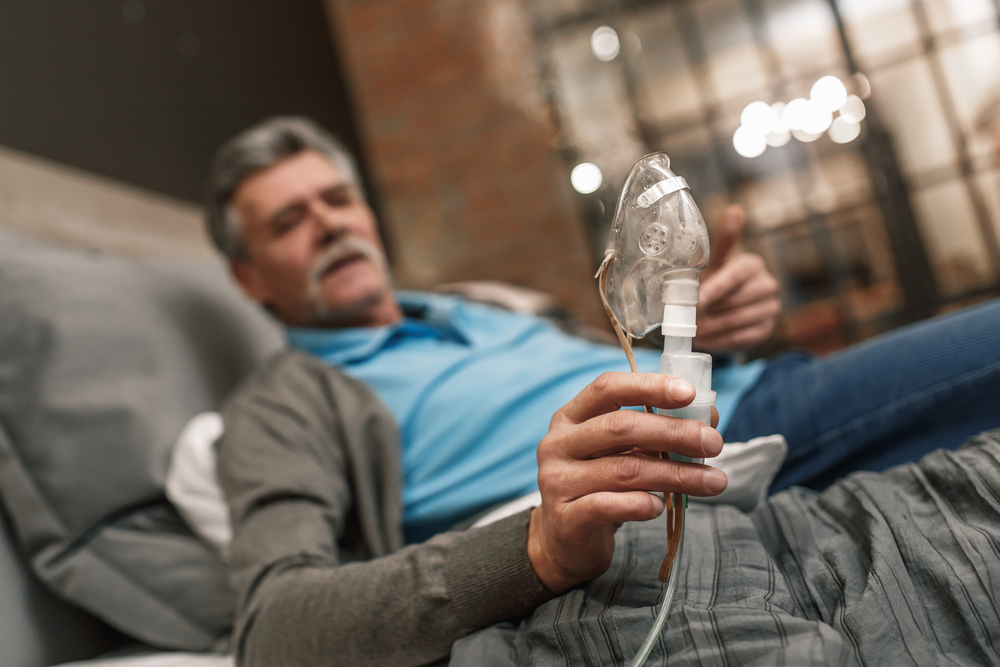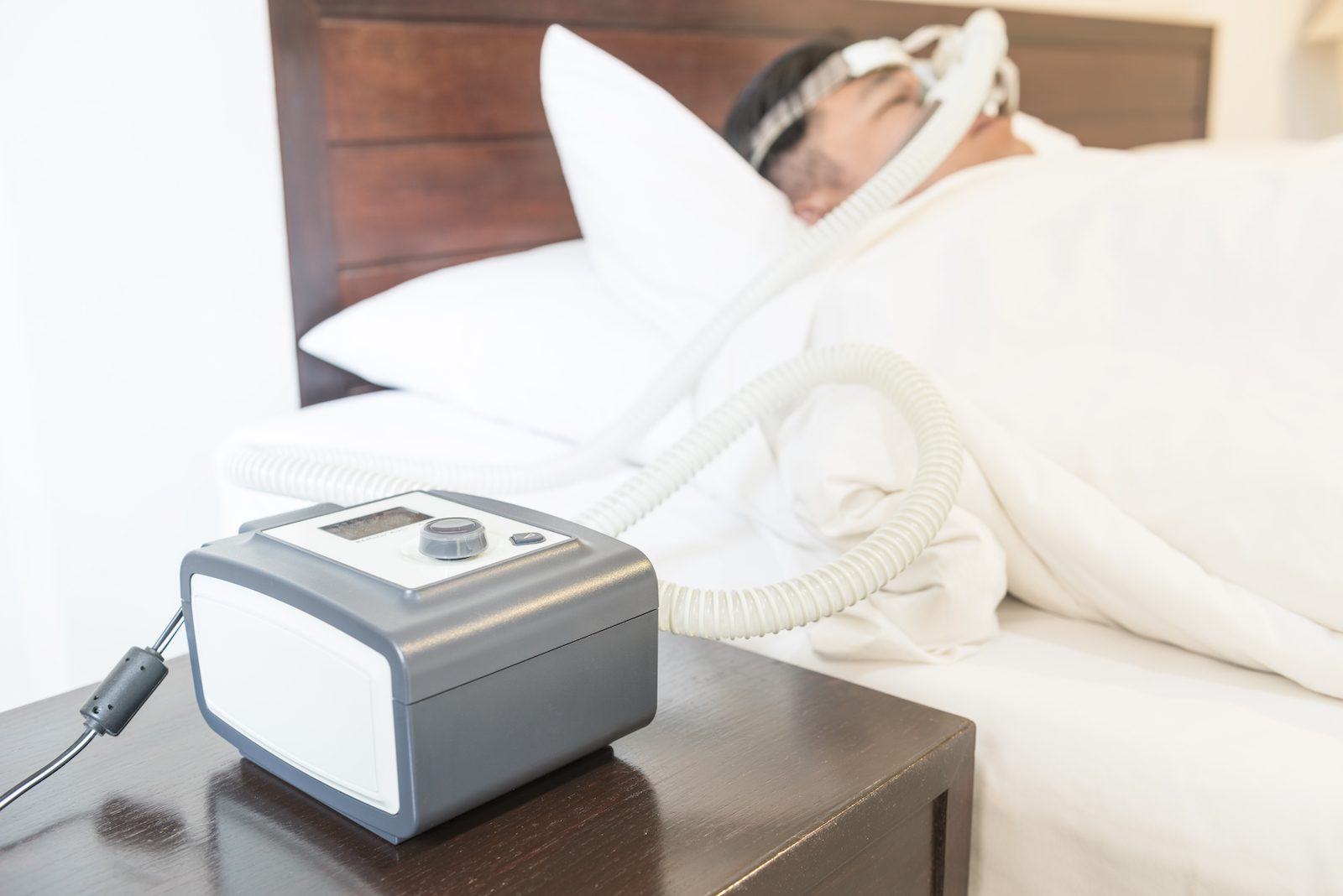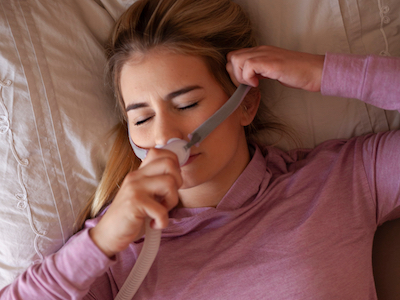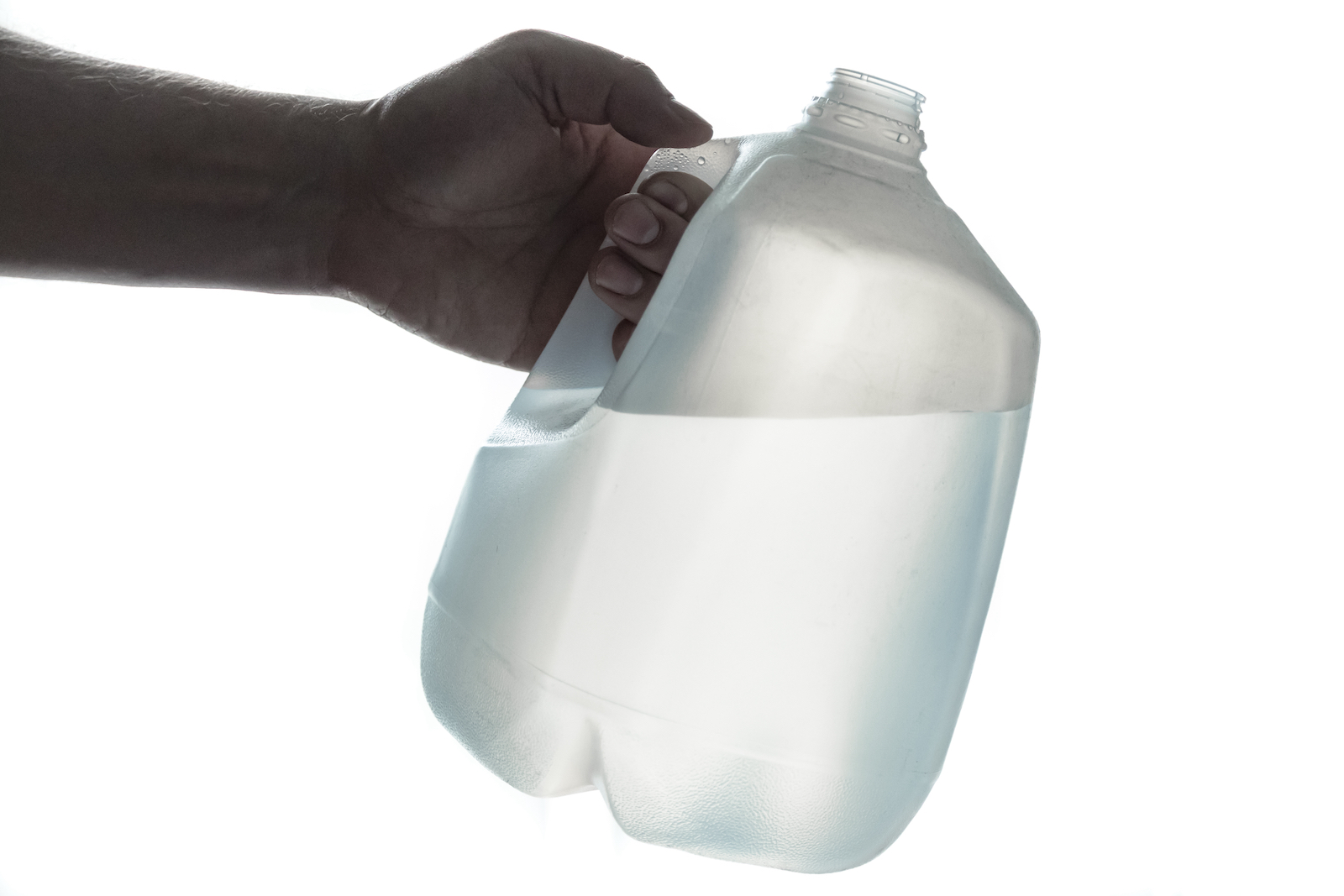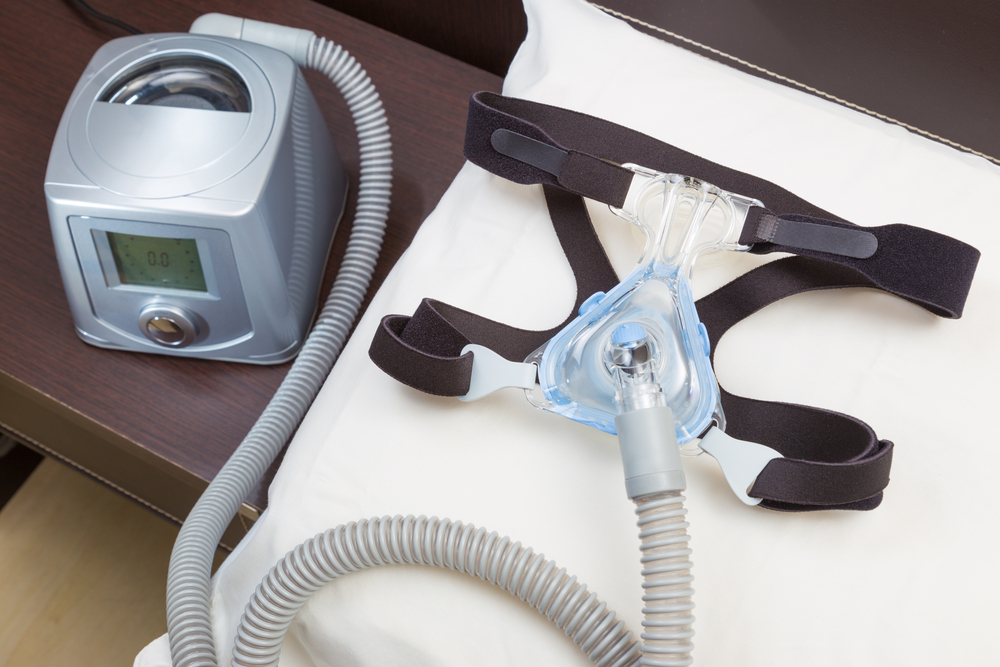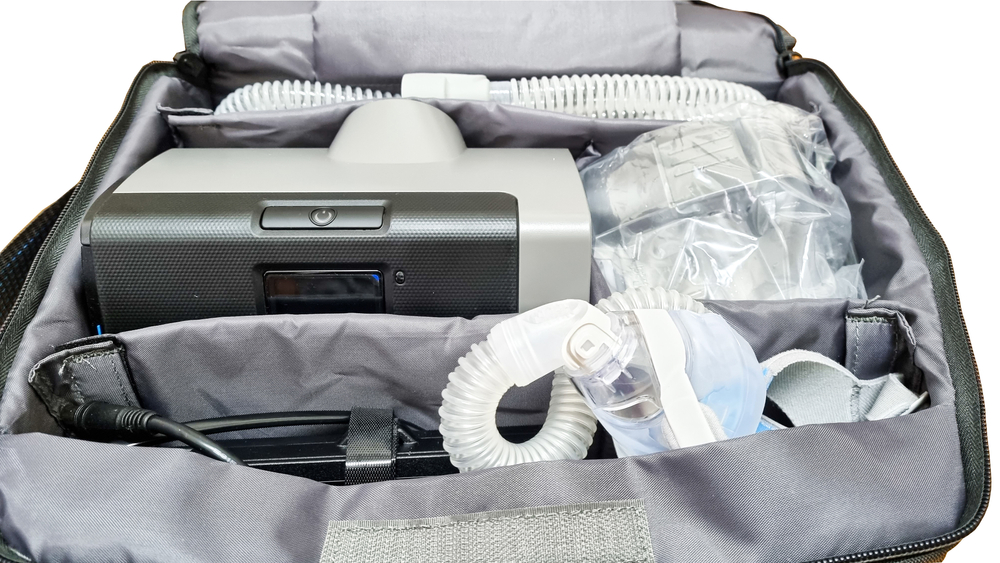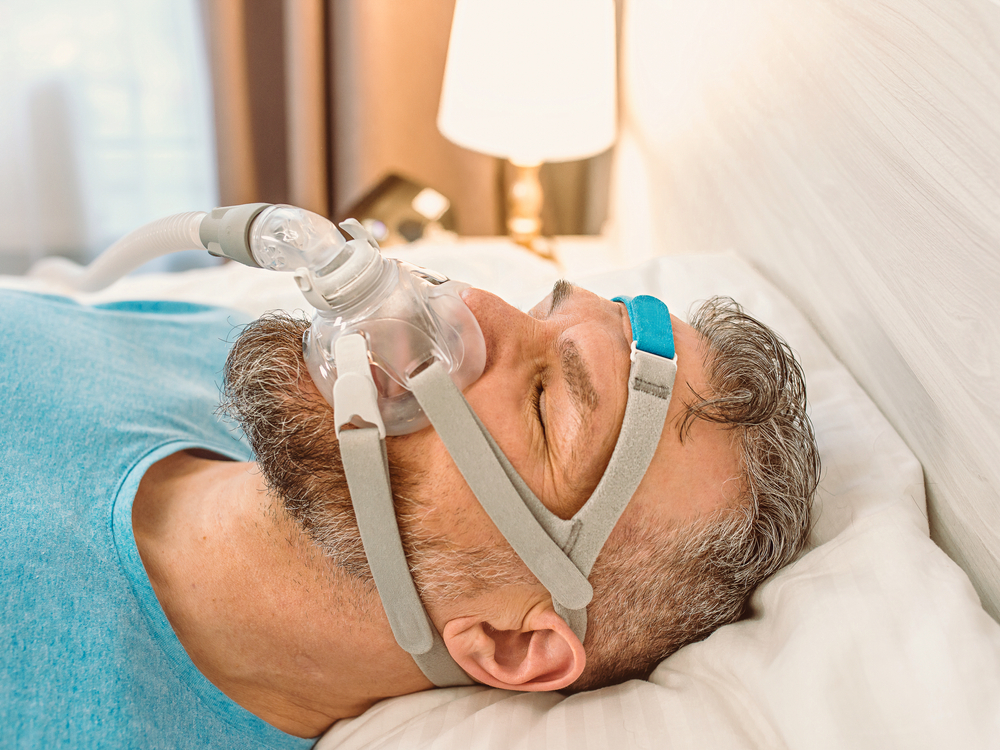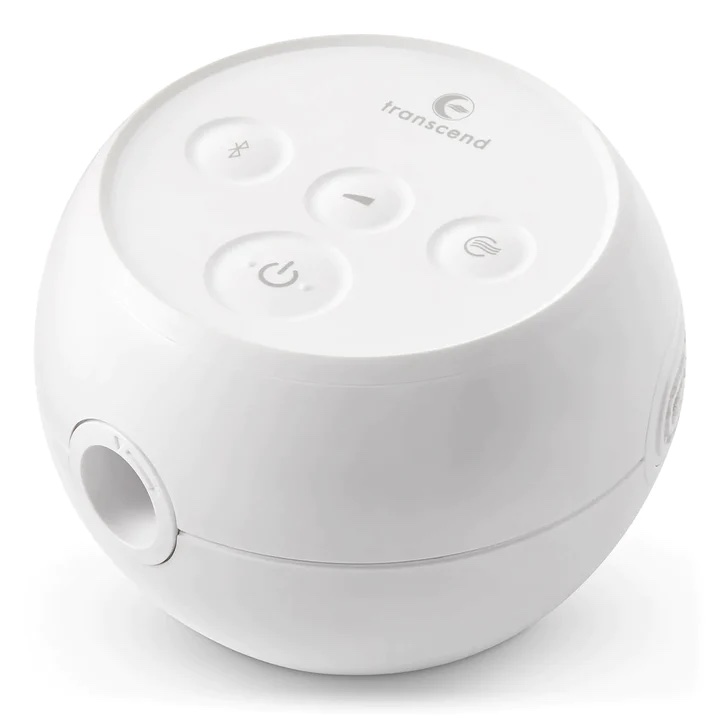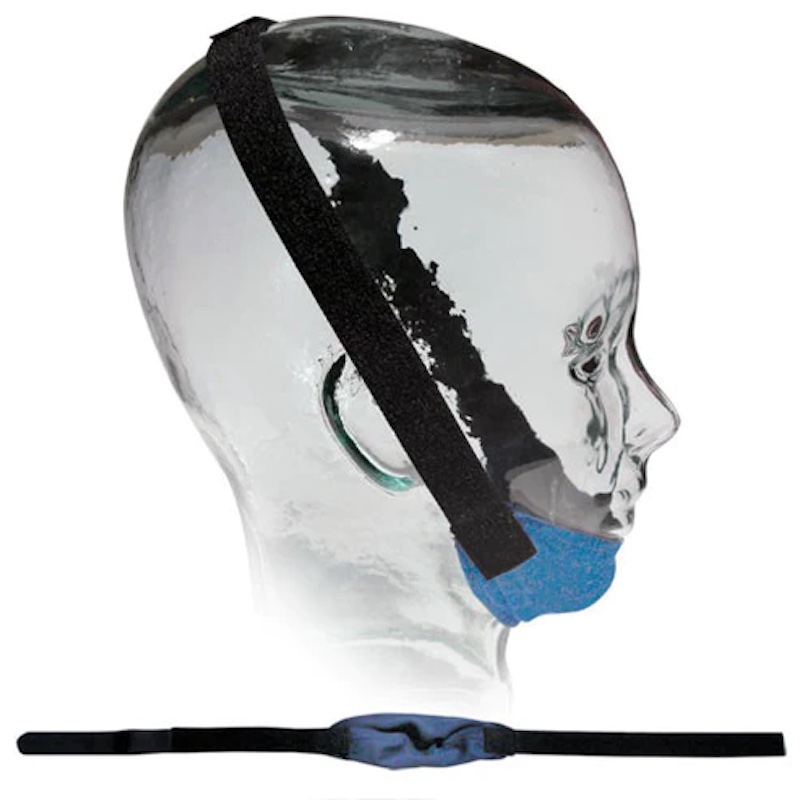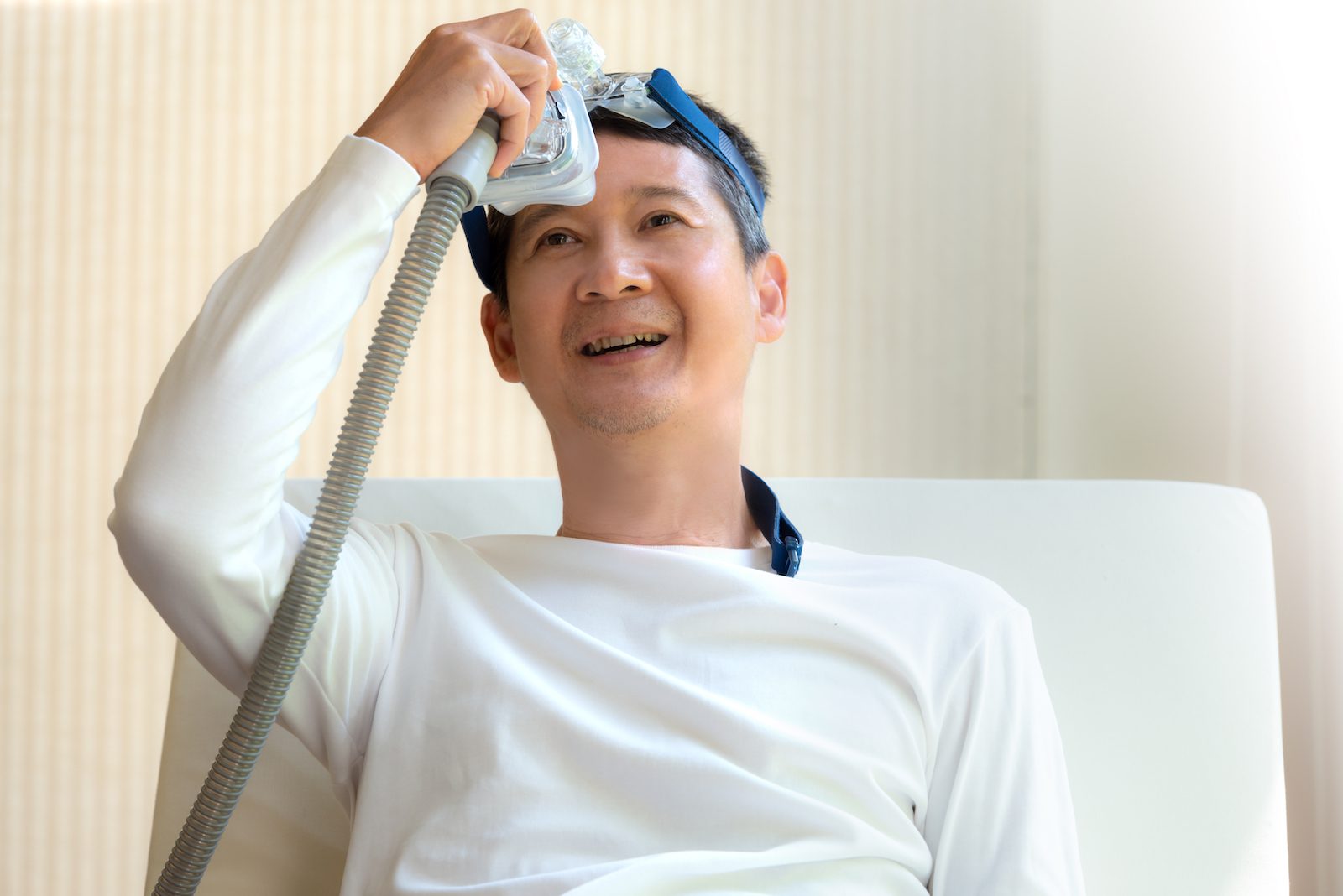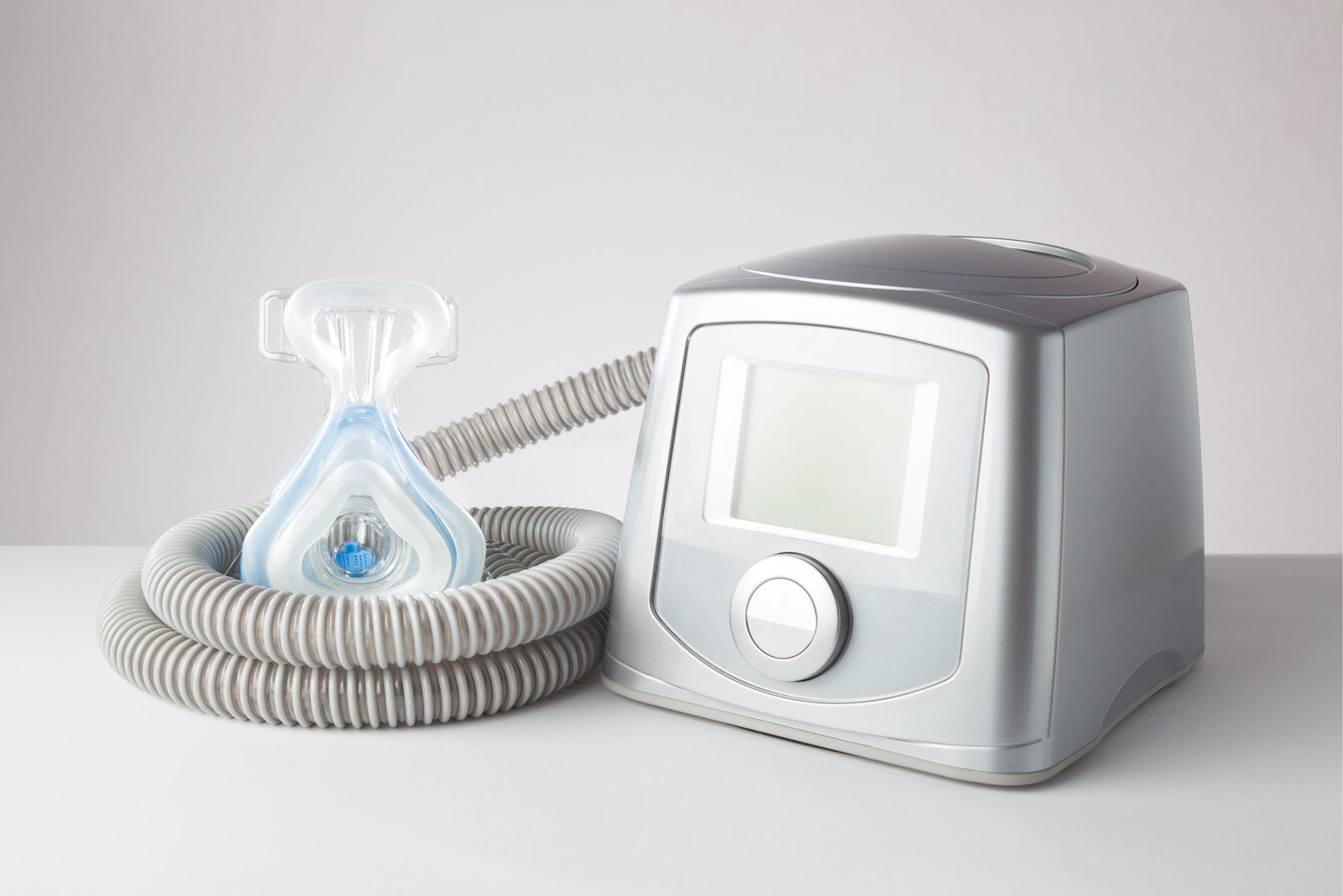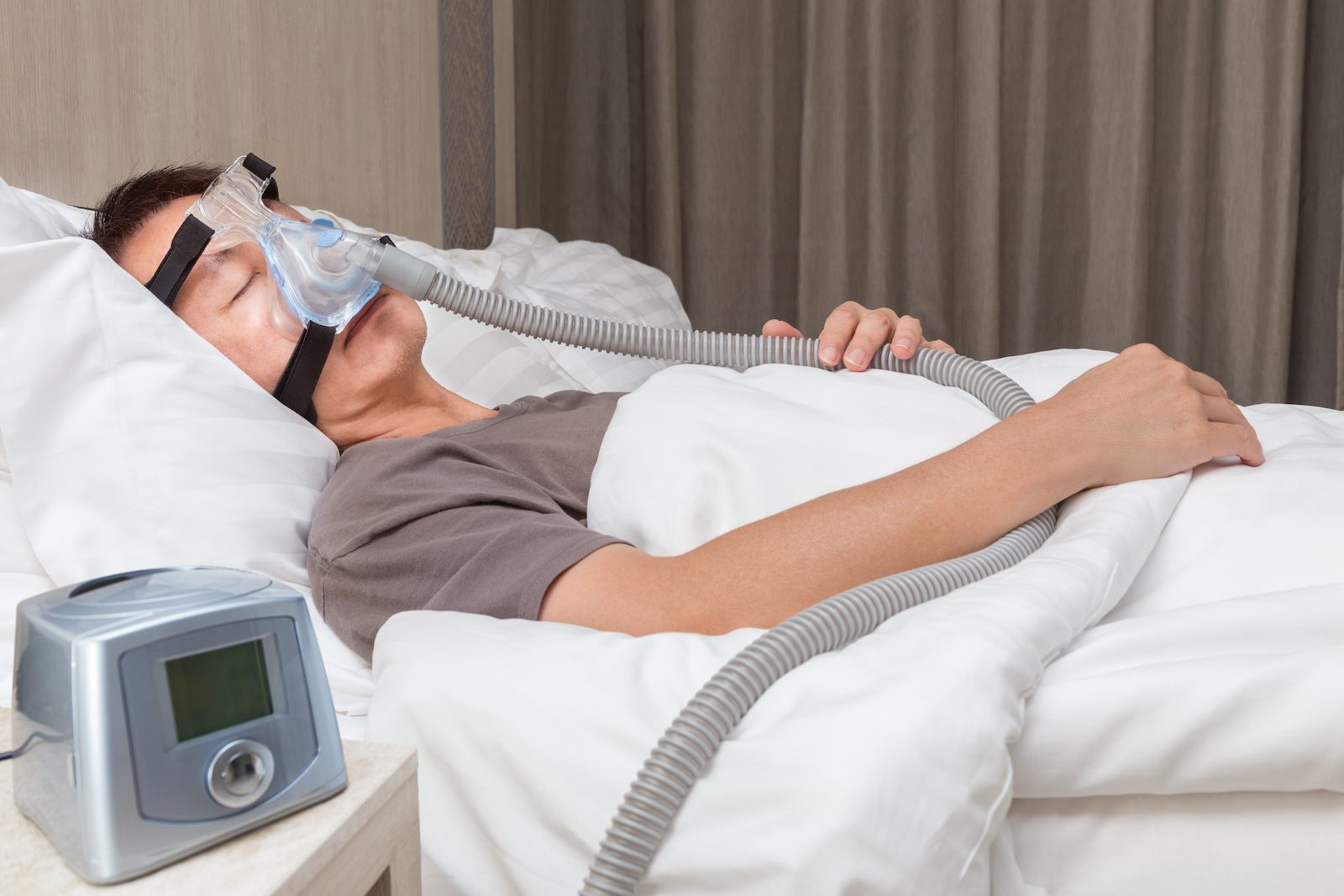Continuous positive airway pressure (CPAP) machines are among the most frequently prescribed treatments for obstructive sleep apnea (OSA). CPAP machines normalize breathing by delivering pressurized air through a mask and into the upper airway.
While CPAP devices offer important health benefits, some people find that the mask or the flow of air can cause side effects like skin irritation or nasal congestion. We cover the most common types of CPAP side effects and strategies to make using a CPAP machine more comfortable.
Congestion or Runny Nose
A CPAP machine sends a constant flow of pressurized air into the mouth, nose, or both. Exposure to this air can irritate the lining of the nostrils, which may lead to nasal congestion. People who are already congested from allergies or other conditions may find it harder to breathe comfortably when using a CPAP.
Dry Mouth or Nostrils
As air from the CPAP passes through the mask and into the upper airway, it can dry out the lining of the mouth, nose, or throat. Dryness is more likely to occur during colder times of the year and in geographic areas with low levels of humidity. Dryness may cause discomfort and lead to inflammation, nosebleeds, and crusting in the nose.
Discomfort When Exhaling
It can be challenging for some people to get accustomed to breathing out against the pressurized air of a CPAP. The uncomfortable feeling of resistance when exhaling can be worse for people who need higher levels of air pressure to treat sleep apnea.
Facial Pain and Skin Irritation
To deliver air properly, a CPAP mask must form a tight seal against the face. When held in place for many hours, the mask may cause pain or discomfort, especially if the mask does not match the size and shape of a person’s face.
Sores, reddening of the skin, or other signs of irritation may develop in the areas where the mask presses against the face or around the straps that secure the mask.
Dry Eyes and Eye Irritation
The air from a CPAP machine should only go into the mouth and nose. But sometimes air leaks from around the mask as a result of a weak seal with the face. Pressurized air can then disperse and affect the eyes, causing them to become dried out and irritated.
Claustrophobia
Claustrophobia is a fear of being closed-in, and some people experience this fear when using a CPAP machine. This CPAP side effect is often linked to the size and design of a person’s CPAP mask.
Bloating
Some CPAP users inadvertently swallow some of the pressurized air that the CPAP delivers through the mask. As this air builds up in the stomach and intestines, it can cause uncomfortable bloating as well as gassiness in the form of belching or flatulence.
Chest Pain
For some people, a CPAP device can generate discomfort or pain in the chest muscles. However, this is usually only a short-term side effect. It generally becomes less noticeable as a person gets accustomed to sleeping while using a CPAP machine.
Disruption of a Bed Partner’s Sleep
Depending on the model of the CPAP, it may produce noticeable noise when operating, which can interfere with a bed partner’s rest. Air leaking from the mask can also create sleep-disturbing noise.
How to Prevent CPAP Machine Side Effects
A variety of strategies can prevent or address CPAP side effects so you can sleep more comfortably. Practical steps, such as mask and humidifier adjustments, can often help resolve CPAP challenges. Your doctor or a sleep specialist can offer tailored suggestions.
Adjust or Replace Your Face Mask
Finding the right mask and ensuring that it fits properly can help combat common CPAP side effects like skin or eye irritation, claustrophobia, and nasal dryness. And periodically replacing your mask, mask cushion, or mask pillows is important for maintaining a good seal.
To make sure your mask forms a tight seal, listen closely while getting ready to use your CPAP machine. Before putting on your mask, turn on the device and listen for air flowing through the mask. After putting on the mask, this sound should go away if you’ve established the right seal.
While a good seal is important, you also want to avoid adjusting your mask to be overly tight. Keep the straps just tight enough to assure the proper placement of the mask and the quality of the seal.
If you find that your current mask can’t make a good seal or causes discomfort, you can talk to your doctor about trying out a different mask. It’s normal to test out several mask options before finding the right fit. You may also need to try a different type of headgear or strap to hold the mask in place.
Try the Humidifier
CPAP machines typically have a heated humidifier built into the device. The humidifier can add warm, moist vapor to the airflow from the device, and this may keep your mouth or nasal passages from becoming irritated or dried out.
In addition to turning on the heated humidifier, you can also attempt to resolve irritation or congestion with a saline nasal rinse or spray. Your doctor can also prescribe medications or suggest other approaches to reducing congestion while using CPAP.
Keep Your CPAP Equipment Clean
A clean CPAP device is more likely to function in optimal shape. It’s also important to clean your CPAP components regularly because it keeps potentially harmful germs from collecting in the hose or mask. Additionally, regularly cleaning your mask cushion will improve the mask seal.
For detailed instructions about what cleaning products you can use and how often to clean or replace different CPAP parts, check your device’s user manual.
Does Your CPAP Pressure Need Adjusting?
The right CPAP pressure settings are important to ensure that the device can effectively treat obstructive sleep apnea. The CPAP pressure may need to be adjusted if you have bothersome side effects, if your symptoms aren’t improving, or if you’ve made certain lifestyle changes.
It’s important to consult with your health care team before modifying any CPAP pressure settings. Your doctor can either make these changes for you or guide you through making any needed pressure adjustments.
How Do You Know if You Need a Different CPAP Pressure?
Certain signs may indicate that you could benefit from an adjustment to your CPAP device’s pressure settings.
Some CPAP side effects, such as discomfort when exhaling, can be tied to the device’s pressure level. Being proactive about bringing up any side effects with your doctor can help troubleshoot problems, including whether to modify pressure settings.
If you use a CPAP machine every night but still have sleep apnea symptoms, your pressure may need to be changed. Examples of these symptoms include:
- Daytime drowsiness
- Choking or gasping during sleep
- Snoring that is noisy and frequent
- Morning headaches
- Waking up unrefreshed
Your doctor may need to adjust your CPAP device’s settings if you make certain changes to your lifestyle or the way you sleep. For example, air pressure levels may need to be modified if you:
- Switch to a different type of CPAP mask
- Change your habitual sleeping position
- Lose or gain a significant amount of body weight
- Alter your typical use of alcohol or sedative drugs
Types of Pressure Adjustments
If your CPAP pressure settings need an adjustment, it may involve changing the established air pressure, using a pressure ramp, or turning on pressure relief.
- Air pressure: In some situations, the fixed level of pressure delivered by your CPAP machine may be increased or decreased.
- Pressure ramp: The CPAP’s ramp function lets you start the night with a lower pressure level that gradually increases, so that you are already asleep by the time the machine starts delivering the full level of prescribed air pressure.
- Pressure relief: With this function enabled, the CPAP device lowers the air pressure by a small amount when you exhale. Pressure relief has to be carefully configured based on the model of CPAP machine, so check with your doctor if you want to try out this adjustment.
When to Talk to a Doctor
In order for a CPAP machine to resolve sleep apnea and provide important health benefits, you have to use it consistently. For this reason, it’s best to promptly raise any concerns you have about CPAP side effects with your doctor.
While you can also try practical solutions on your own, your doctor can offer specific recommendations to help you avoid bothersome or long-term side effects from using a CPAP machine.
You should also consult with your doctor if you feel like your sleep apnea symptoms are not getting better with CPAP therapy or if you have questions about the appropriate pressure settings for your CPAP machine.



